Introduction
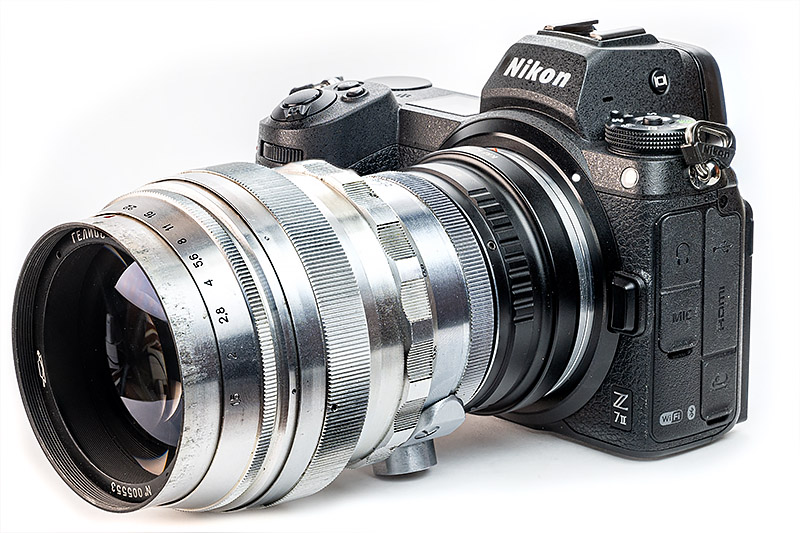
Impact-Site-Verification: a2860072-f116-4f45-9cf9-c8b7959dd6e4
This time we take a look at another famed vintage lens, namely the legendary Helios 40. It’s an 85mm f/1.5 lens, known for, let´s see if we get it from its many titles: The King of Bokeh, The Bokeh King, the Russian Bokeh King, The Funky Bokeh King, The King of Russian Weird Bokeh, The Vintage Lenses’ King of Bokeh, etc. etc. etc. Dear child has many names. You get it, it has a reputation for its bokeh. It is also very popular among videographers seeking a dreamy vintage look with beautiful bokeh in their footage. While this lens was quite popular even back in the day, it has grown in popularity during the digital era to new heights and created kind of a cult around itself.
It was made by KMZ in the former Soviet Union for the Zenit range of SLR cameras. Like the previously reviewed “Helios 44”, there is a belief that when Russians got their hands on Zeiss Jena factory by the end of WWII, they took back the technology and drawings of many lenses to the Soviet Union, copied, and manufactured them. This one is believed to be a “copy” of Carl Zeiss Biotar 75mm f/1.5 from 1938. While the optical formula is very similar, it is a widespread Double Gauss Planar design. Besides, it is an 85mm lens. Therefore, some claim it was designed by Russian engineers themselves “based on” the Biotar 75/1.5 in 1950. Anyway, let’s have a closer look at it!
Sample Images

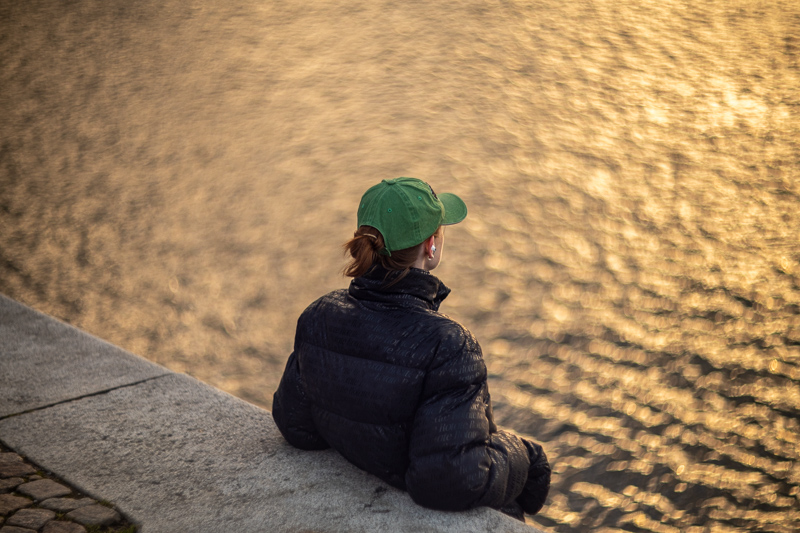
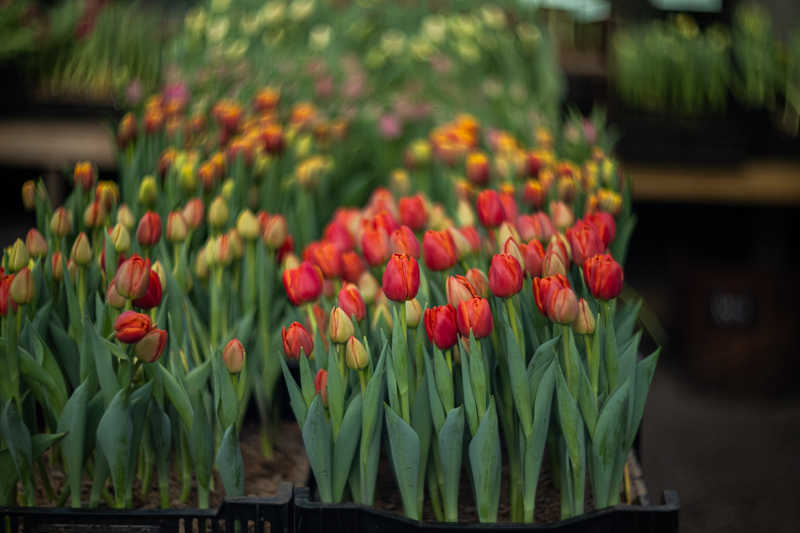

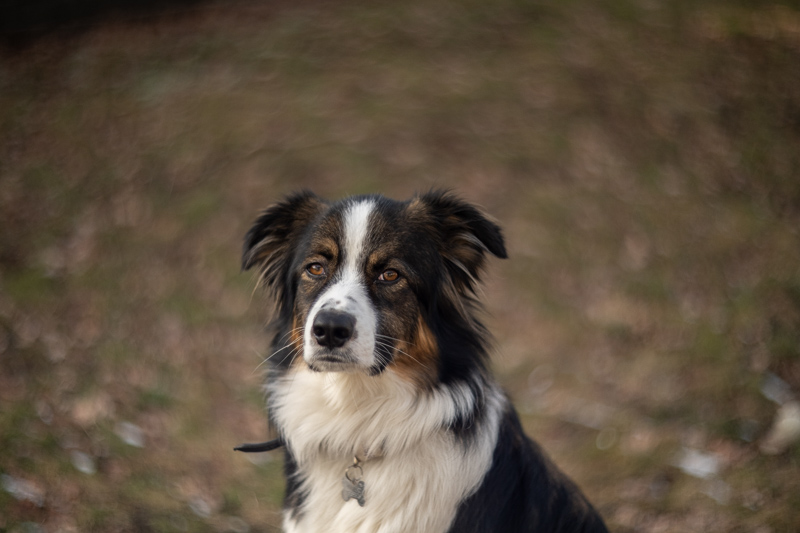
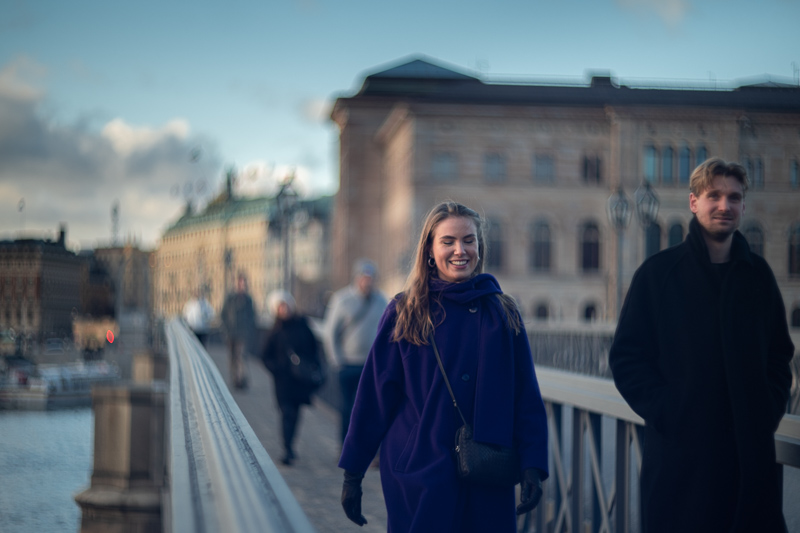
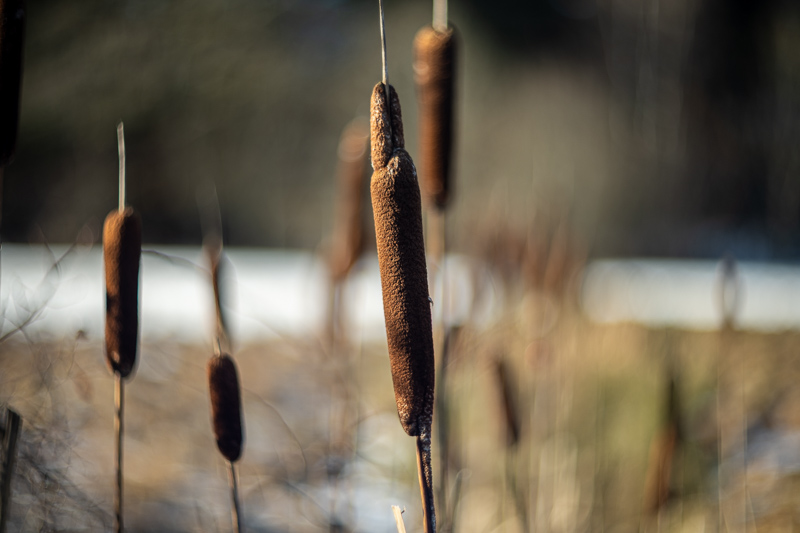
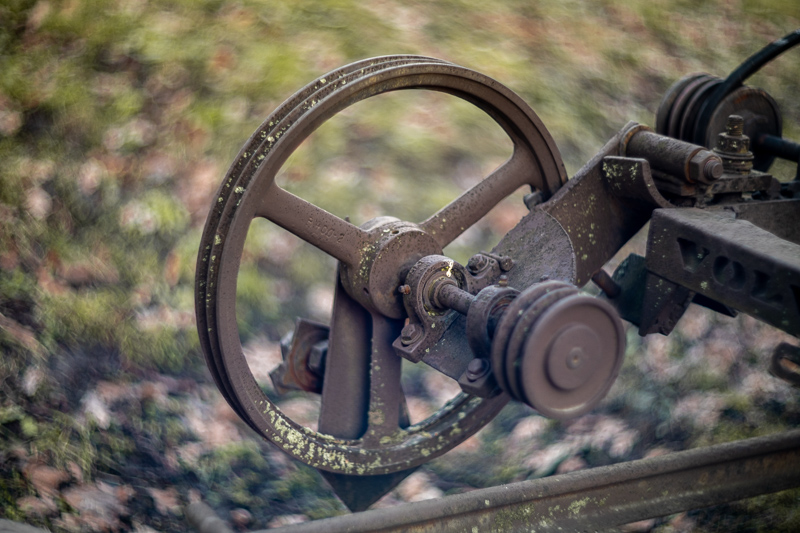
Most of the sample images in this review and many more can be found in higher resolution here.
Specifications
| Focal Length | 85mm |
| Angle of View | 28° |
| # of Aperture Blades | 10 |
| Max Aperture | f/1.5 |
| Min Aperture | f/22 |
| Min Focus Distance | 0.8 m |
| Filter Size | 66 mm |
| Lens Mount | M39 |
| Weight * | 942 g (without front cap) 975 g (with front cap) |
| Size (D x L) * | 82 x 94 mm (incl. mount screw, focus at ∞) 82 x 106 mm (incl. mount screw, focus at 0.8 m) |
| Elements/Group | 6/4 |
* Weight and Size measured on my sample.
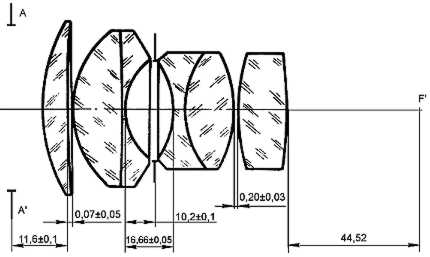
Disclosure
Our reader Alexander Standfest kindly loaned this lens for this review. Big thank you to Alexander, without his help this review would not have been done. (You can see his photos on Instagram @standfest)
Variations
Photographic Lenses
There are two main versions of this lens. The original Helios 40 developed in 1950 (tested in this review) and a newer Helios 40-2, from around 1969 to 1990. The newer version (40-2) was revived in Russia after more than 2 decades in October 2012 due to the Helios 40-2’s popularity and high demand. So, there are both pre-1992 40-2 lenses and post 2012 40-2 lenses. While the optical formula is the same there are several differences between Helios 40 and 40-2.
| Helios 40 | HELIOS 40-2 | |
|---|---|---|
| Color | Silver | Black |
| Mount | M-39 | M-42, Canon EF*, Nikon F* |
| Flange Distance | 45.2 mm | Different depending on mount |
| Filter Size | 66 mm | 67 mm |
| Tripod Mount | Yes, fixed (later on collar) | Yes on earlier copies, on a collar/ No on post 2012 series |
| Weight | ≈ 940 g | ≈ 830 g |
| Lens Coating | Bluish, single coated | Yellowish/neutral color, single-coated on pre-1990, double-layer coated on post 2012 versions |
* Canon and Nikon mounts only on post 2013 revived series
Note that the Helios 40-2, produced after the revival in August 2012, has had a couple of sub-variations:
- Helios 40-2, from August 2012, with M42 screw mount
- Helios-40-2-C – from May 2013 – with Canon EF bayonet mount
- Helios-40-2-N – from May 2013 -with Nikon F bayonet mount
Besides the obvious mount difference, there are also some minor cosmetic differences between them.
Other variants
There has also been a version (a side product) for television cameras: Helios-40-T, which does not have a preset ring and usually comes with TV88 mount.
In addition to that we have the “Cyclop”, which is a version of Helios-40-2 made for military use on night vision scope. This version has no aperture at all, in other words, the aperture is fixed to f/1.5 – always wide open. The casing is different too.
Handling
General
Helios 40 is a fully manual lens and is completely made of metal and glass. Well, by the time it was designed, nobody used any plastic (or electronics for that matter) in any precision instruments. The lens is well-built (they are still working after 60-70 years), relatively big, and very heavy at about 1 kg. Although it is not heavier than Zeiss Otus 85/1.4, Sigma 85/1.4 DG HSM Art, Pentax-D FA 85/1.4, or Canon EF 85/1.4L IS USM, considering its full metal construction, I’m not sure what I should be worried about if I drop the lens on the floor, the lens, or the floor. Let’s hope I don’t have to find out. When using on mirrorless cameras the size will grow due to the mount adapter. If you put on a lens hood, which you should (more on that later in the review), then we are talking a real bazooka on the camera.
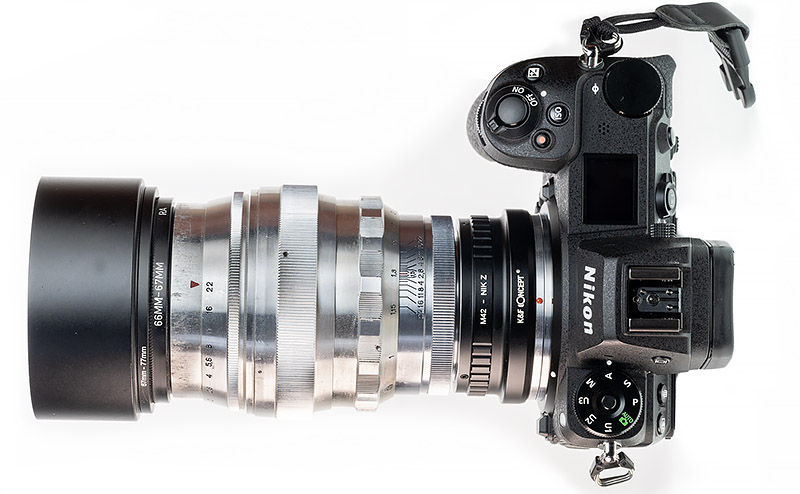
As lens hoods are normally not included with this lens, you need to find a screw in lens hood for it. Due to the odd filter size (66mm) you need a step-up ring to use a 67mm or other larger standard sizes like in the images above. The early Helioses (like the one in this review) have an M39 mount rather than M42. You need an adapter ring (M39 -> M42) to use it with M42 adapters.
Note: This is the Zenit M39 SLR mount not to be mistaken with the Leica M39/LTM mount.
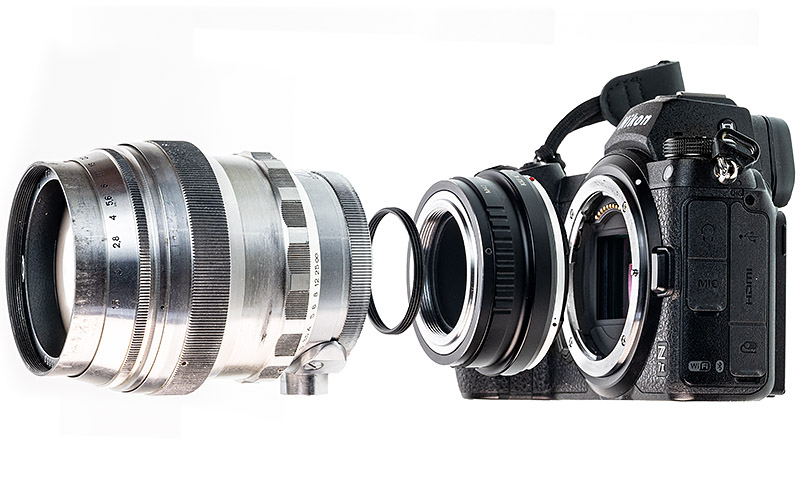
Aperture
The Helios 40 has an aperture preset mechanism with two rings; one, the upper one, with variable distant aperture markings on it, which clicks rather stiffly at each f-stop to set “the smallest aperture you want to work with. The lower aperture ring is clickless and turns extremely smooth and can set the aperture from wide open to the value you have set on the upper ring. (Example: say you set the upper ring to f/5.6, with the lower ring you can set/change the aperture without any clicks from f/1.5 down to as far as f/5.6 but not beyond it). This is a nice feature for video makers as it means they can precisely control the light levels as they shoot and change the aperture without any shaking during the filming and without “jumps” in the scene light level when going from one aperture setting to another.
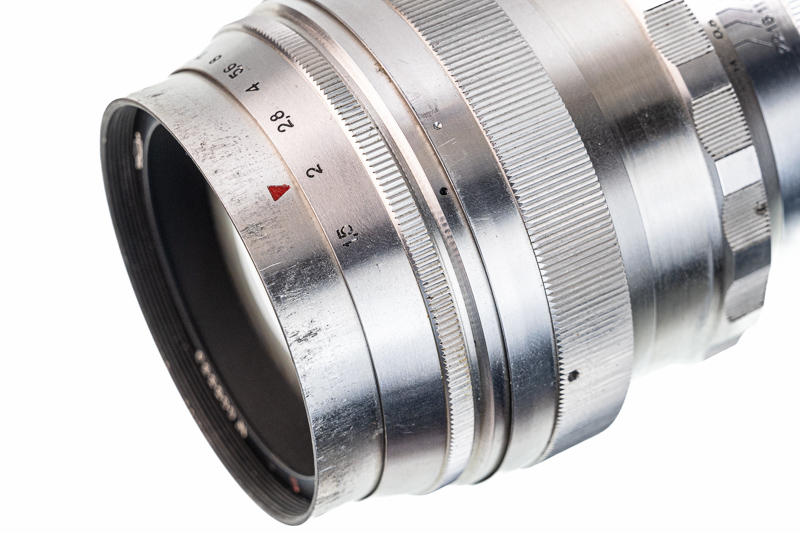
This lens has 10 aperture blades. The interesting thing about it is that it has double layers of aperture blades, 10 aperture blades in each layer, which feels lavish on such an “odd” lens. I made a video to show that.
Focusing
The focus ring turns a massive 280 degrees, it runs extremely smooth and is very well damped, it’s a pleasure to use. However, its placement and the fact that it is smaller than the clickless aperture ring make it confusing to grab it without looking at it. I grabbed and turned the aperture ring often when I wanted to focus. The distance scale on the focus ring, in meters only, is engraved and filled with paint. There is also a depth of field scale under the ring.
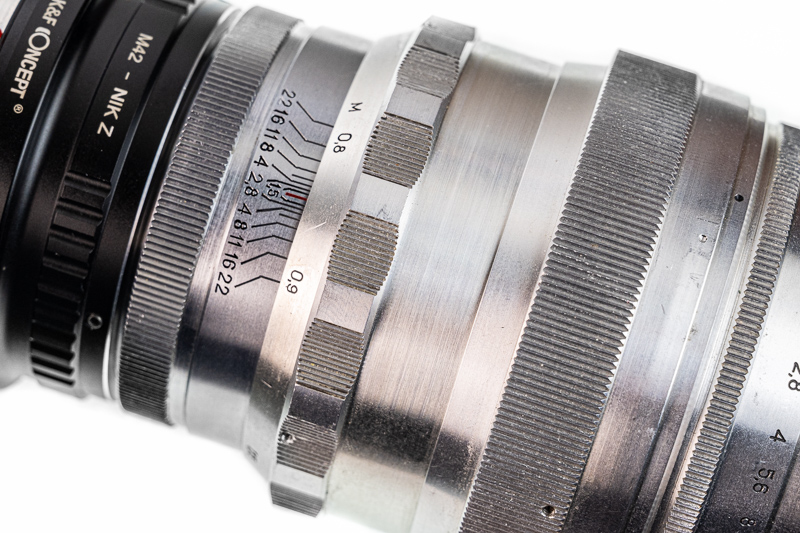
Also, note that on old Russian (or German) lenses like this one, it is very common that the grease in the focusing threads gets dried and makes focusing stiff, this sample has recently been serviced/re-greased thereby the smoothness that it should have.
Tripod Mount
There is a fixed tripod mount with a ¾ inch screw socket on the lens, to put the camera on a tripod. It seems this version was made until 1965, from 1965 a removable clamp with the socket on it was added to the construction.
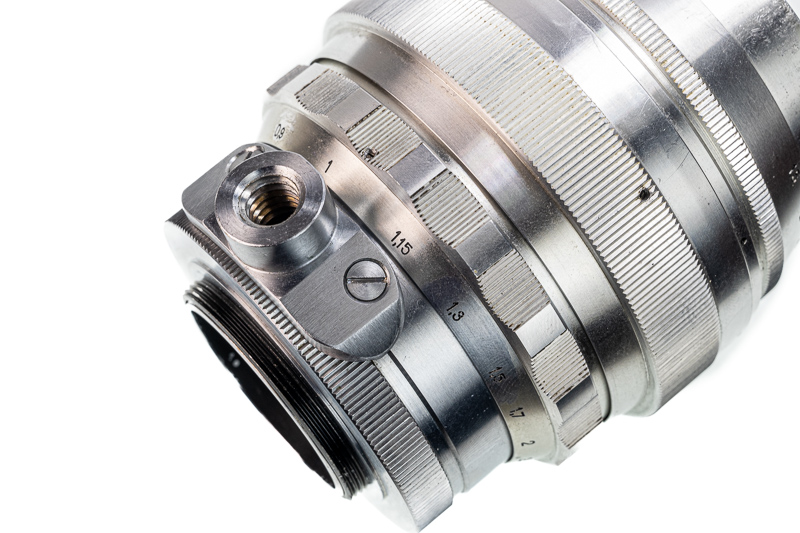
Unfortunately due to the adapter ring or/and the M42-NZ adapter the socket does not align directly under the lens when mounted on my Nikon Z camera, but you can always tilt the tripod head a little to make the camera stand horizontally on the tripod.
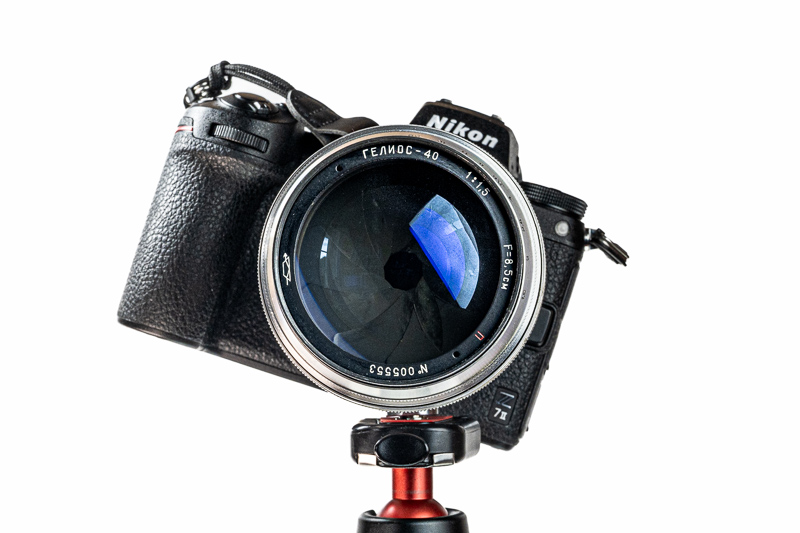
Optical Features
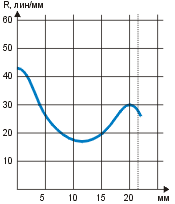
Sharpness (≈20 m)
This lens cannot focus at infinity, at least not if it is used unmodified with an M42 adapter on modern digital cameras. The lens block does simply not recess enough to be able to set the focus at very long distances. The reason is that M39 camera flange distance is 45.2 mm, while an M42 camera flange distance is 45.46 mm. When using an M42 lens adapter on modern cameras, there is a difference of 0.26 mm. The lens is 0.26 mm too far from the sensor when it is set to infinity and therefore not in correct focus position. It is possible to modify the lens by a (relatively simple) surgical procedure to remedy the issue though.
See the following sample images, for all of which the lens was set to infinity!
The focus is at about 20 m when the focusing ring is at infinity marking. At f/1.5 DoF is only about 5 meter, you can see that only the grass in the foreground is in focus. By f/5.6 the trees without any leave are in focus but not the conifers in the background, which will sharpen up at f/8, where the DoF covers up to about 60 m away. For most landscape it is enough to stop down to f/11 where up to 300 m will be in focus. For getting the infinity in focus you need to stop down to f/16. This is a common problem with Helios lenses with M39 mount on any modern camera using an M42 adapter, unless you surgically fix the issue with the lens.
For this sharpness test, we look at three areas of the image, center, mid-frame, and corner, see highlighted areas in the image below!

So, let’s have a look at farthest it can focus at, about 20 meters!
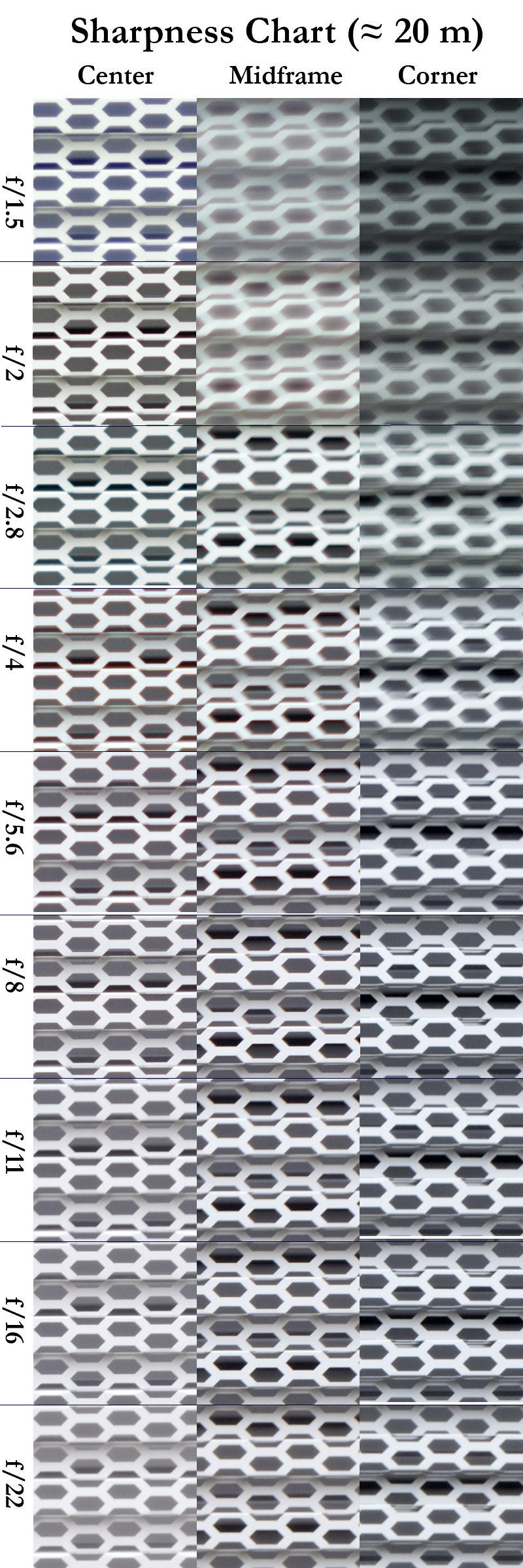
F/1.5: Sharpness is good wide open in the center but contrast is very low, also there is some glow visible due to the spherical aberrations. We see a drastic fall of sharpness in the midframe to see a small improvement in the corner. This is due to the strong field curvature, which is in line with the MTF chart.
F/2: Improvement in both sharpness and contrast in the center, the glow is gone too, but midframe and corner are more or less the same.
F/2.8: The midframe gets a litte better, but the corner gets even worse, It seems that the lens suffers from astigmatism that shows itself in the corners when the spherical aberrations are gone.
F/4: It is better in the midframe, it is completely usable, but the corner is still bad.
F/5.6: The midframe is good and the corner has become better but not good yet
F/8: Now the midframe and the corner have caught up with the center to an almost very good level. It seems the lens is at its peak performance at this aperture, where you can get a sharp image over the whole frame.
F/11-F/22: The sharpness deteriorates in this range due to the diffraction.
Well, the sharpness comes never to an excellent level, contrast barely to a very good level, at f/8 you have just a good sharpness throughout the frame though. By adding some contrast in post you can use the whole frame at f/8, but at wider than 8, you should only rely on the center area.
Sharpness (Portrait)
Let’s look at the points of interest for portraits at the portrait distance: the very center, the center’s inner periphery (1/3 rule intersection), and the center’s outer periphery (1/4th intersection).




F1.5: In the center of the frame, the sharpness is already good wide open, but the contrast is very low and therefore it looks a little mediocre. By just adding some contrast in post you will get a very good result. The inner and outer peripheries are not good at all.
F2: Center sharpness is excellent, the contrast is good now. The inner periphery is just OK now, but the outer periphery is still bad.
F2.8: Sharpness is excellent in the center with very good contrast. Very good sharpness in the inner periphery, and just OK in the outer periphery.
F4: Excellent sharpness in the center, very good in the inner periphery, and good in the outer periphery, but the contrast has fallen a little.
It is a very solid sharpness performance in the center of the images. Just a little further away is another story, you need to stop down to 2.8 or 4 to get good sharpness there.
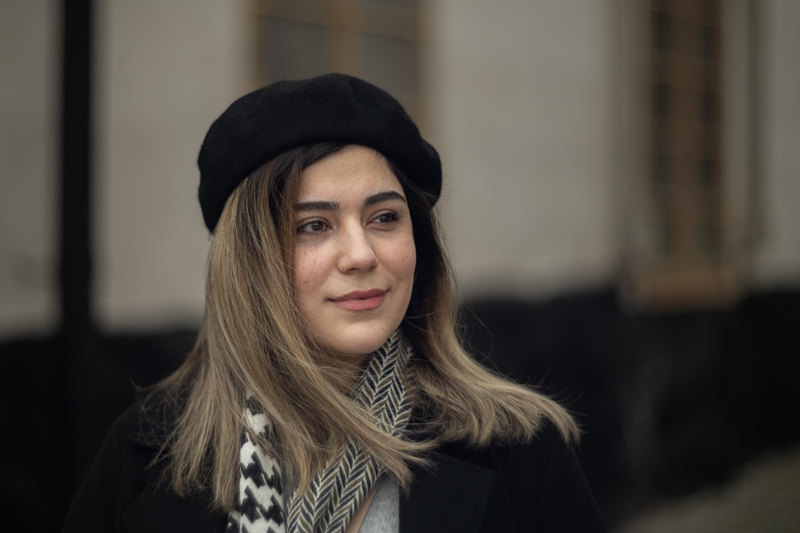
Sharpness (Close-up)
The closeup sharpness is very good but the contrast is low at f/1.5. The contrast gets better at f/2 and excellent at f/2.8. Sharpness also gets better by stopping down.






Lens Distortion
There is virtually no distortion, possibly some negligible barrel distortion but it is as mention negligible.
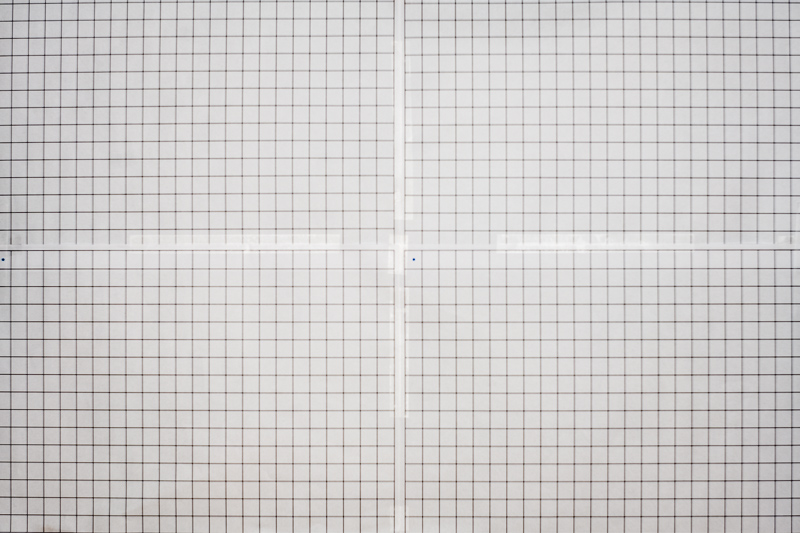
Vignetting
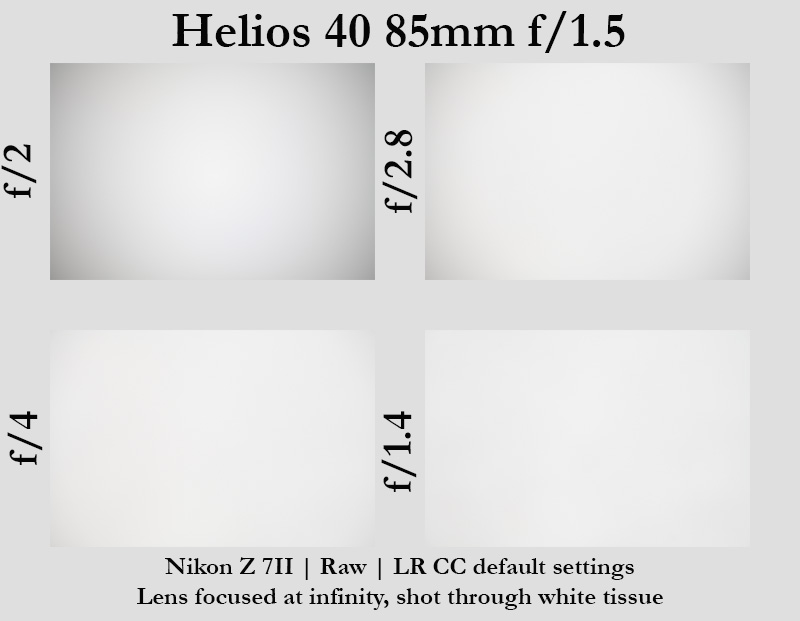
- f/1.5: 2.0 EV
- f/2.0: 1.2 EV
- f/2.8: 0.7 EV
- f/4.0: 0.4 EV
Aberrations
This Helios suffers from both spherical aberrations (SA or focus shift) and longitudinal chromatic aberration (LoCA or color fringing).
The SA makes that you can see some soft glow around the object details, like a veiling haze or a soft focus effect. This is the defect that is to this lens’s benefit for portrait photography as it gives an effect of classic portraiture at wider apertures.
The LoCA is a negative effect in the shape of green and blue/purple colors fringing at the edges of the objects with some contrast. It happens mostly at wider apertures and over the entire frame. This one makes no good to the picture and you would want to get rid of it. You can fix it in post though.
The lens has good control over lateral chromatic aberration, so you don’t need to worry about that one.
![[/restab]](https://phillipreeve.net/blog/wp-content/uploads/2024/02/DSC_8923_PR.jpg)
![[/restab]](https://phillipreeve.net/blog/wp-content/uploads/2024/02/DSC_8924_PR.jpg)
![[/restab]](https://phillipreeve.net/blog/wp-content/uploads/2024/02/DSC_8925_PR.jpg)
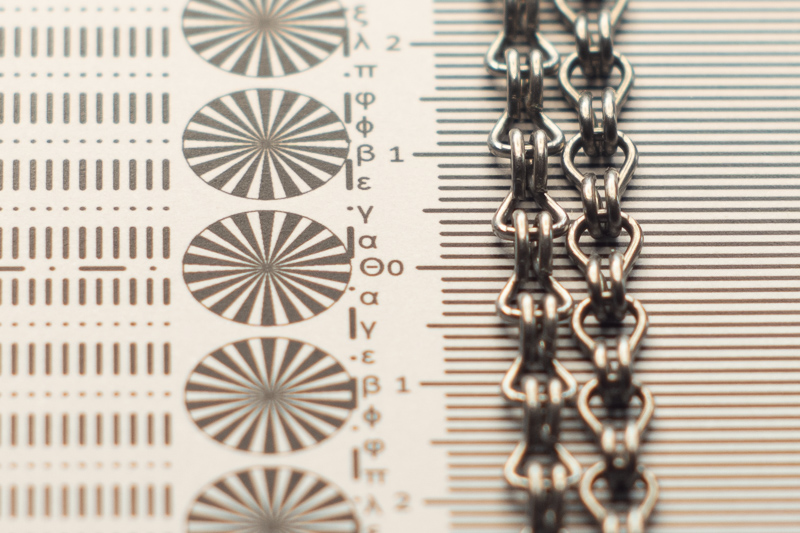

Flare Resistance
Well, I wish I could only say that the flare resistance is weak, or in the worst case bad. It’s the thing that I cannot say anything about it, as there is none. The images get completely ruined as soon as the sun or any other (strong) light source comes into or near the frame. Actually, not even that, in some cases on overcast days you can get veiling flare in the pictures (tabs f and i). In the best case, you get “just” some reduced contrast in an already low-contrast image. This can also happen to just part of the image (tab f).
The fact that the lens has a bluish coating makes things worse as you get a strong blue color cast in the pictures too. When this lens was designed everybody took only B&W pictures, so no issue then. On the later 40-2 version the coating is changed to a more neutral color. In some situations having the lens hood can help dramatically. See images under tabs g and h. I took them from the same point with the same angle at the “same” time (seconds between them). So, using a lens hood at all times is highly recommended.




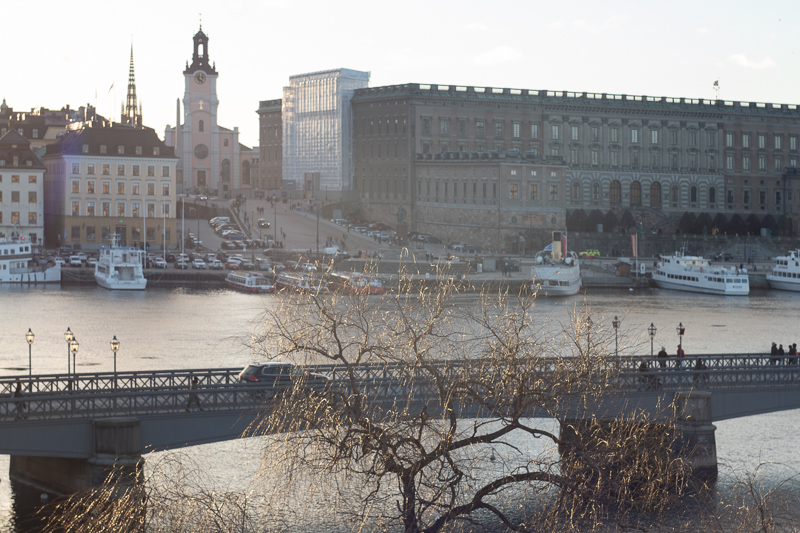




Coma
Coma is important if you want to do astrophotography, nightscape photography, or somewhat if you need corner to corner sharpness. For this lens none of the mentioned applications are relevant, therefore we do not test the coma correction.
Sunstars
Sunstars are completely irrelevant for this lens’s application, therefore not tested.
Focus Breathing
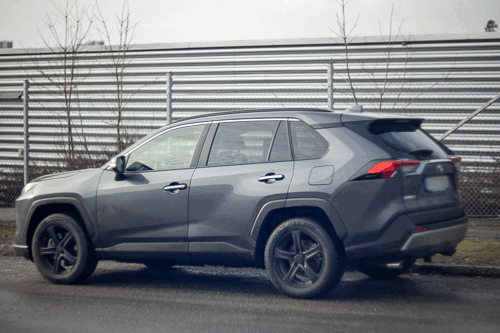
Bokeh
At last, something that everybody looks at if they are interested in this lens. Well, in short, in this department you can either fall in love with this lens or you may have a very strong opinion. I can say that in this section, the lens is notably multifaceted. You can get creamy soft bokeh, swirly bokeh in the right conditions, or a classic vintage busy bokeh. It can even sometimes look like it is a brush painting.
As bokeh is the most desirable (an possibly only) reason to buy this lens, I make this section extra long with extra many sample images to thoroughly explore its different characteristics .
Bokeh Balls
The bokeh balls are nice wide open. They are evenly lit, with soft transitions, no onion rings, and no (colored) rings around them. Unfortunately, as soon as you stop down (f/2-f/4), you will get saw blade shapes in specular highlights. Even more stopping down (to f/4 or smaller) will give you ninja star shapes (or cogs). I would prefer them to the saw blades.
So, let’s see what they look like in real-life pictures!
Min. Focusing Distance (The Ultra Soft Bokeh)
If you are close enough, near the minimum focusing distance, you throw the background in a creamy super soft state of oblivion beyond any recognition.
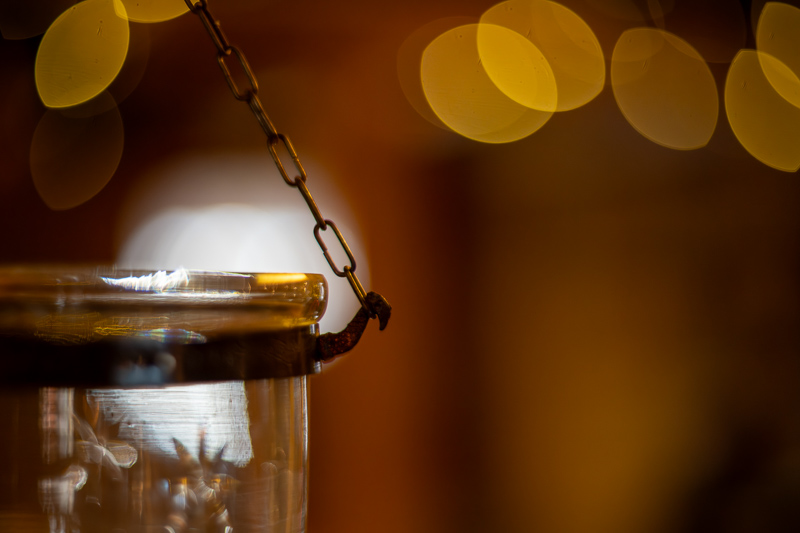
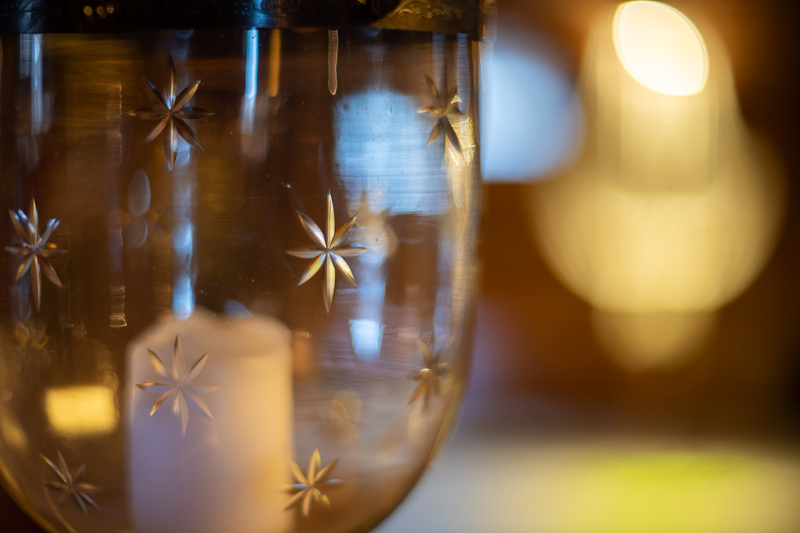
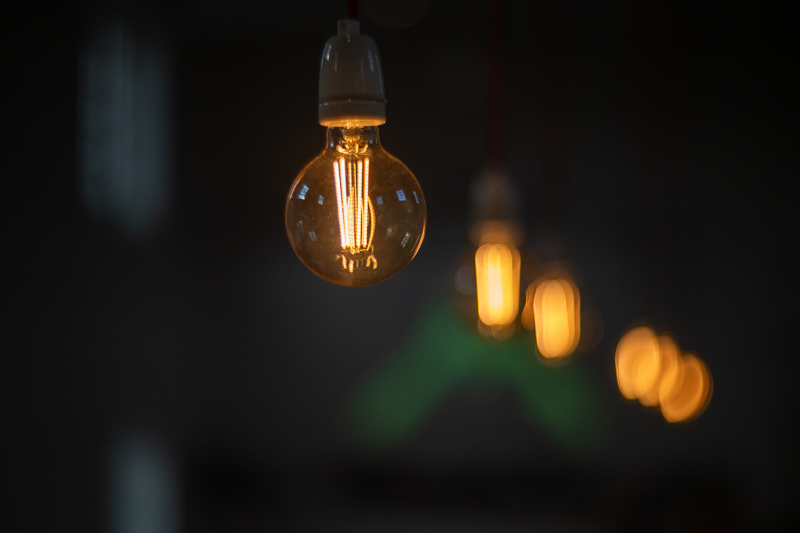
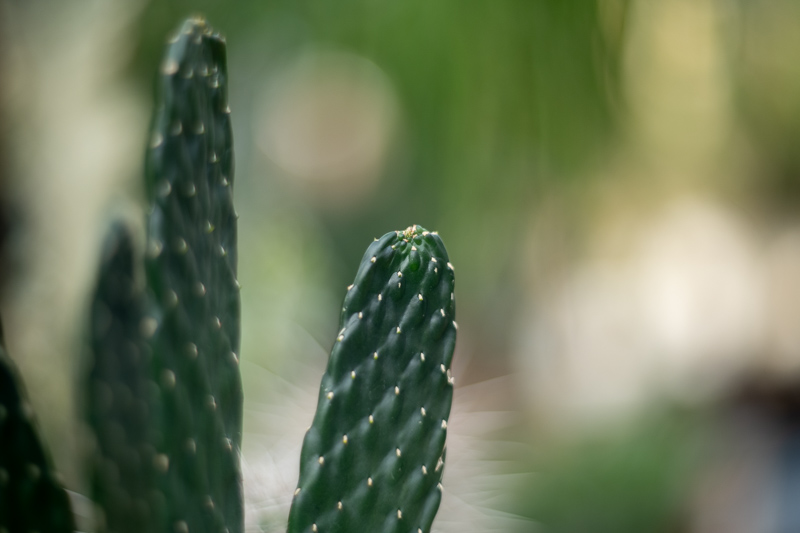
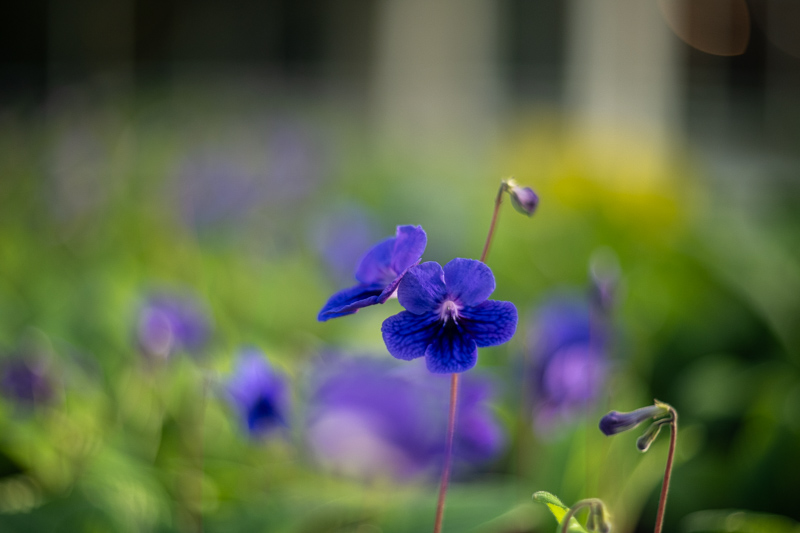

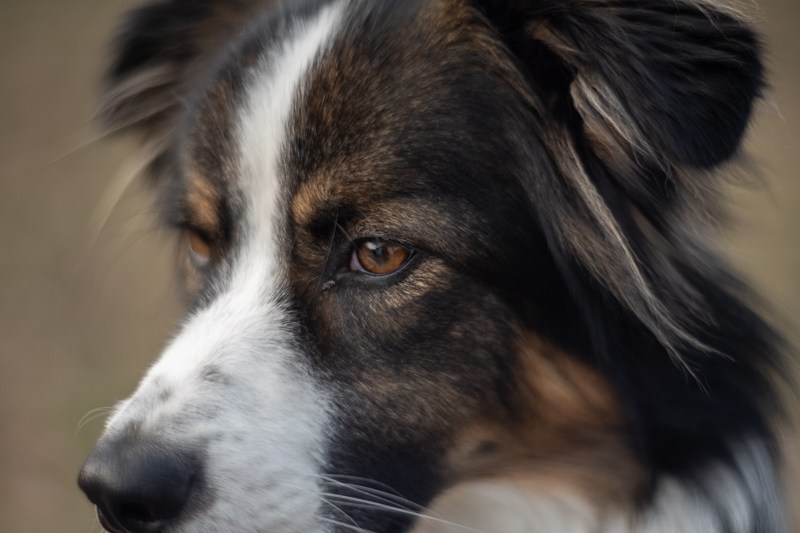
Very Close Range (Soft & Dreamy Bokeh)
With some distance, but at close range (close portrait distance) you are still in the zone of the dream land with a very smooth bokeh. Even stopped down to f/4 or f/5.6. Here the 10 blades of aperture show what they can do.
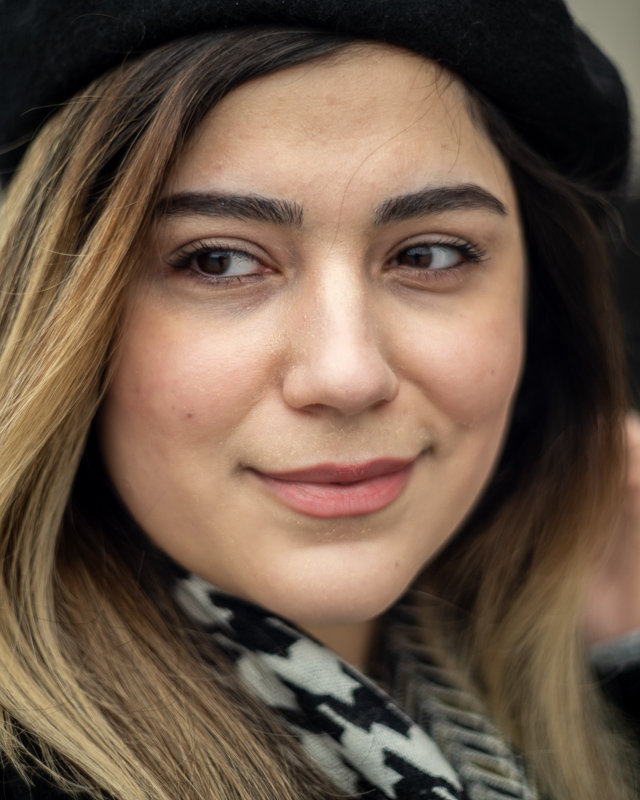
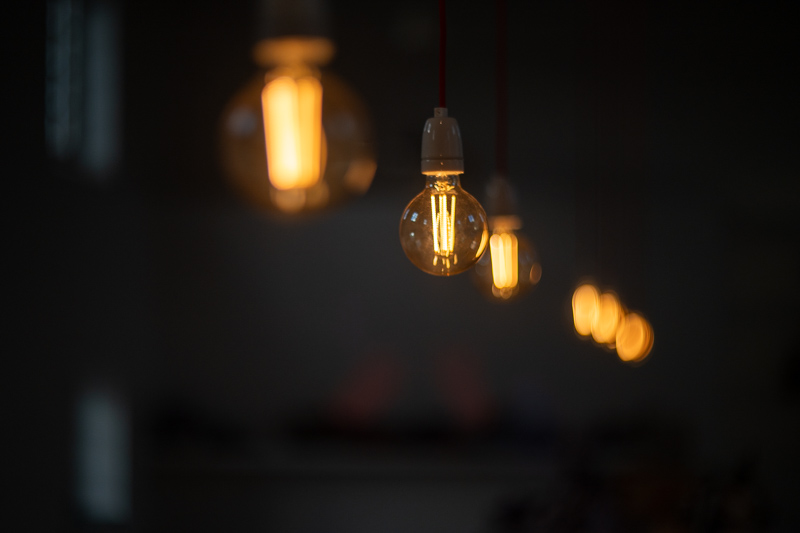
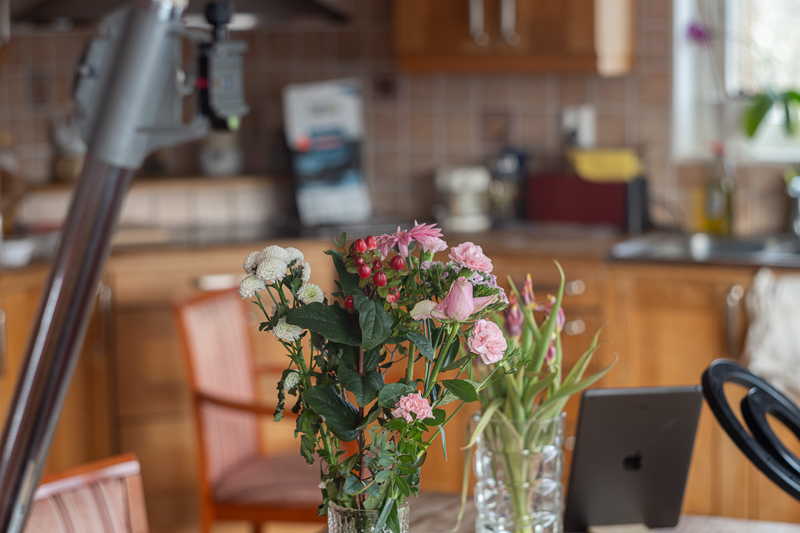

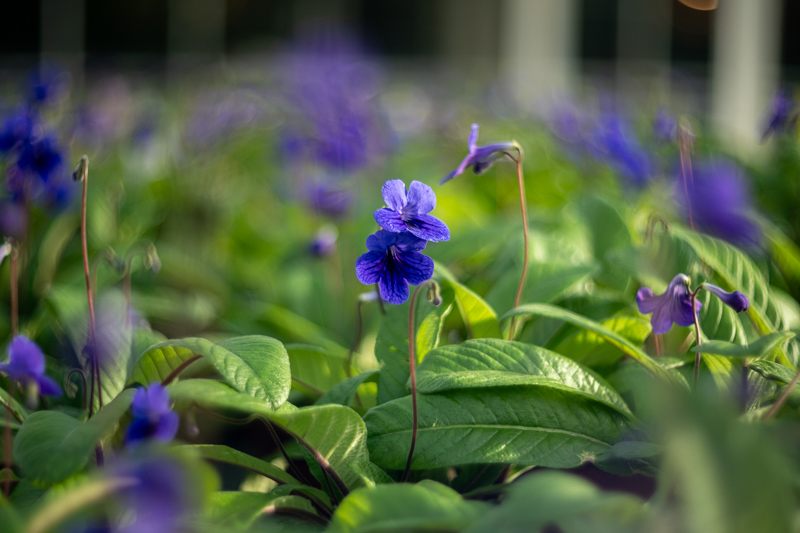

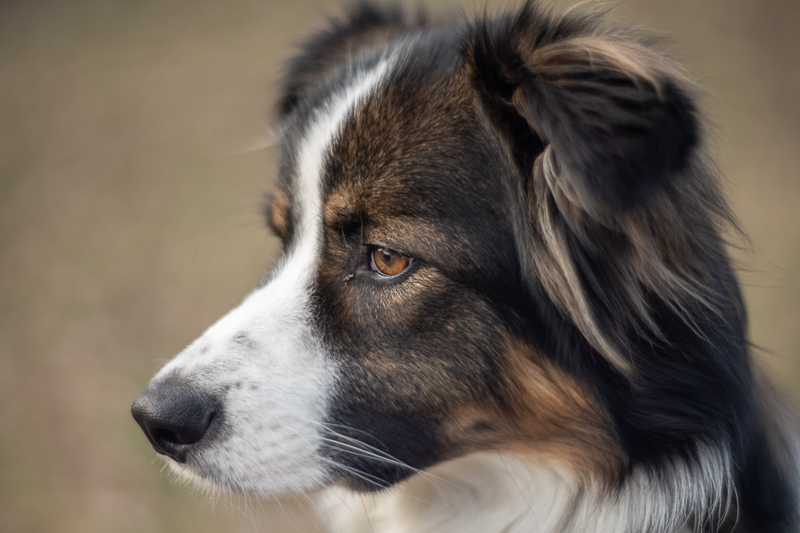
Normal Portrait Distance (The Strong Area)
We step backward from the subject, now we are at the (head-n-shoulder) portrait distance. Here you can almost get whatever you want if you compose accordingly.
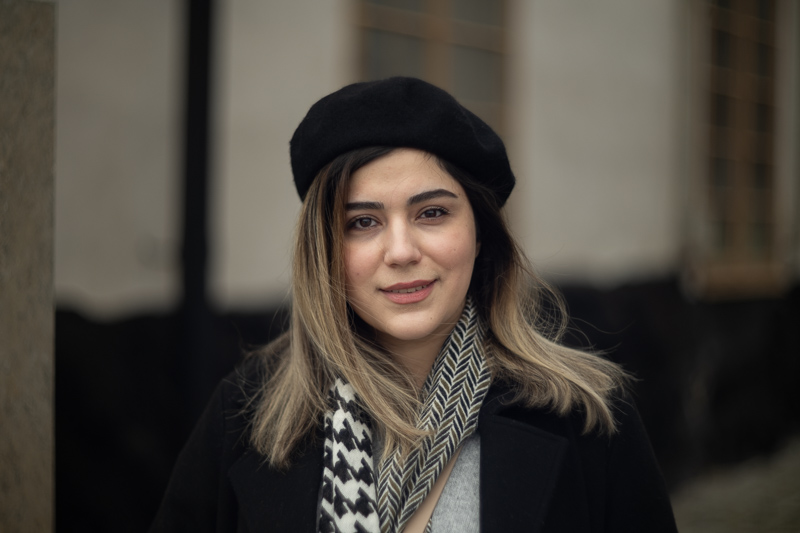
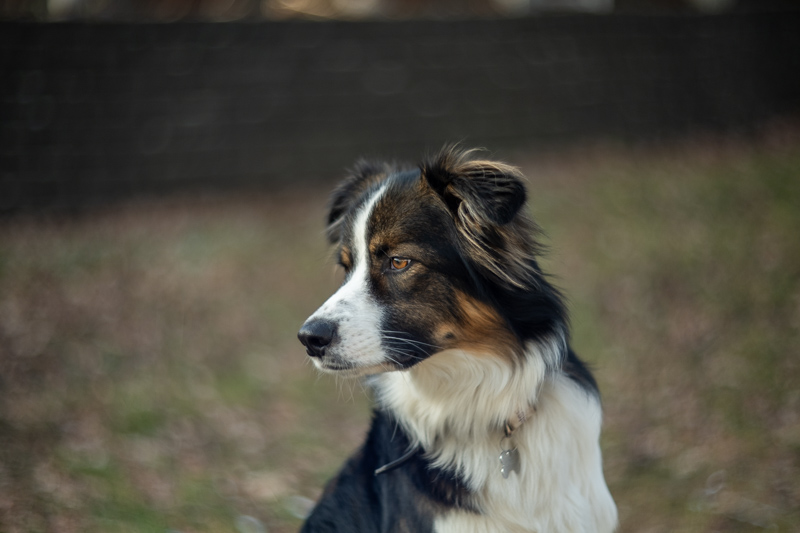
In the picture above, you can see several types of bokeh combined. Both soft, swirly, and some parts that are in the busy department, depending on where in the picture you look at.
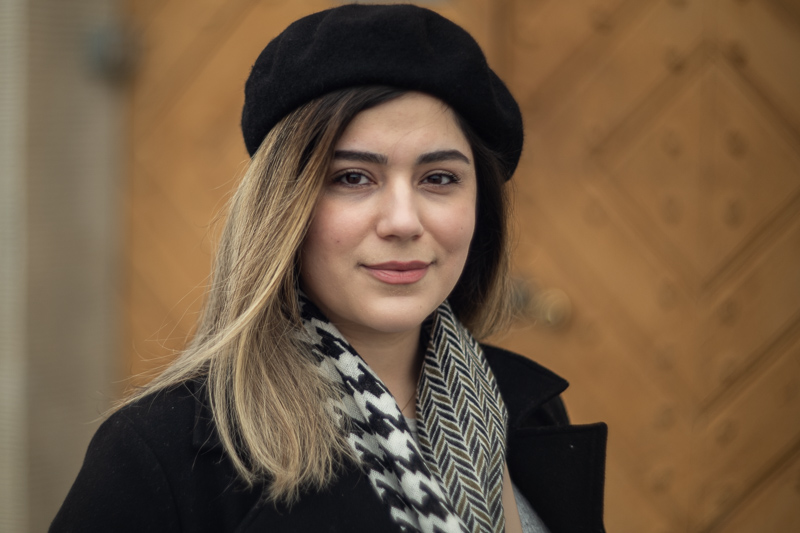

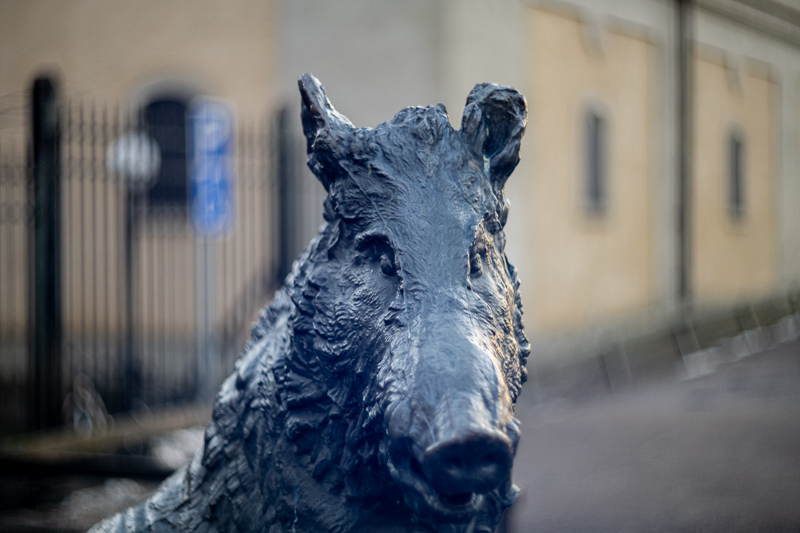
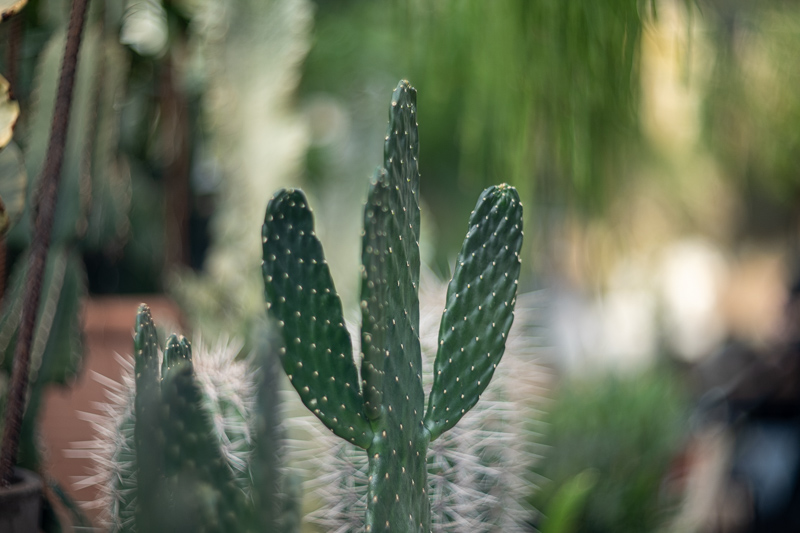
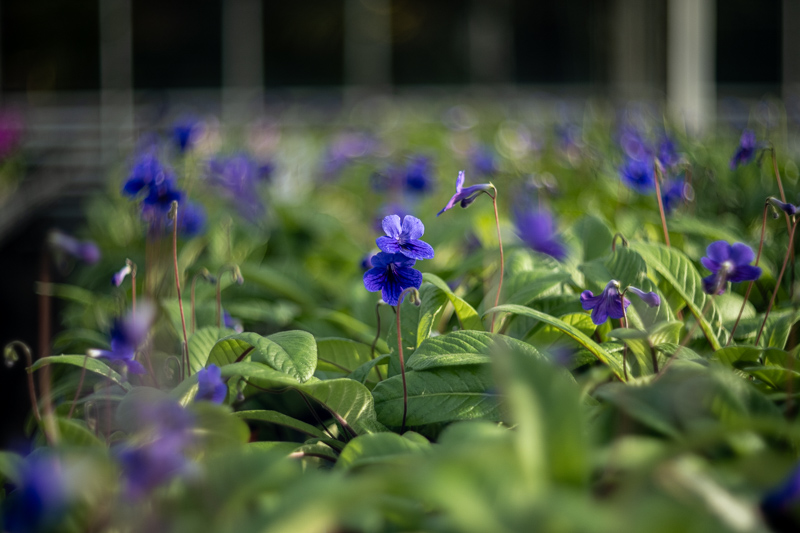
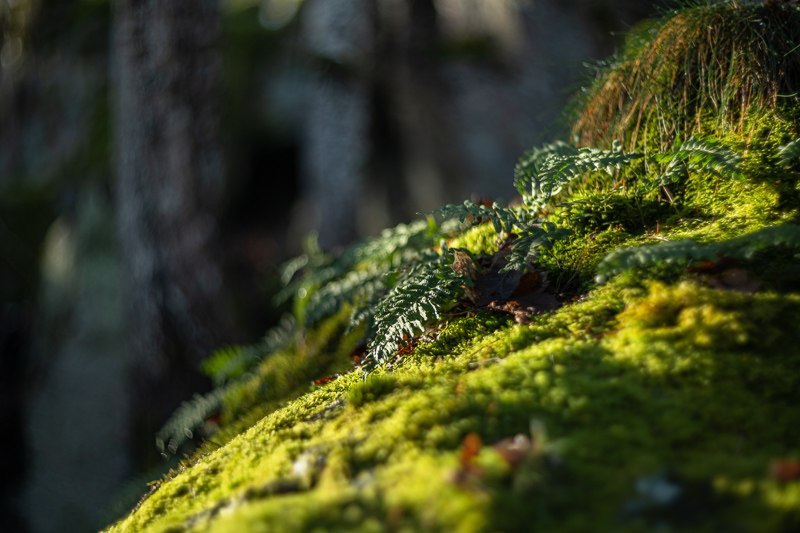
Long Distance (Classic Vintage Bokeh)
At longer distances, you can mostly get a so-called classic vintage bokeh type. That would be a little busy, with a pop of the subject in contrast to the background. In the right conditions, you can also get the swirly bokeh.
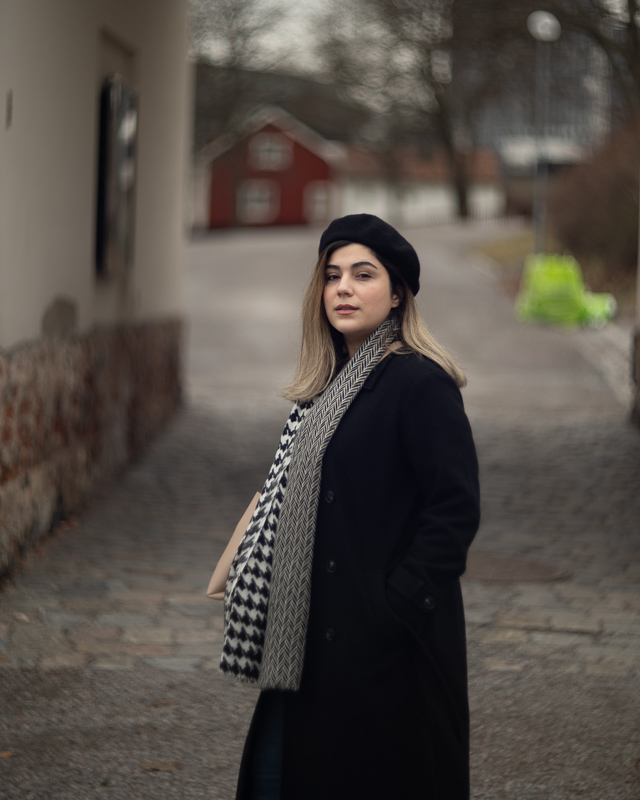
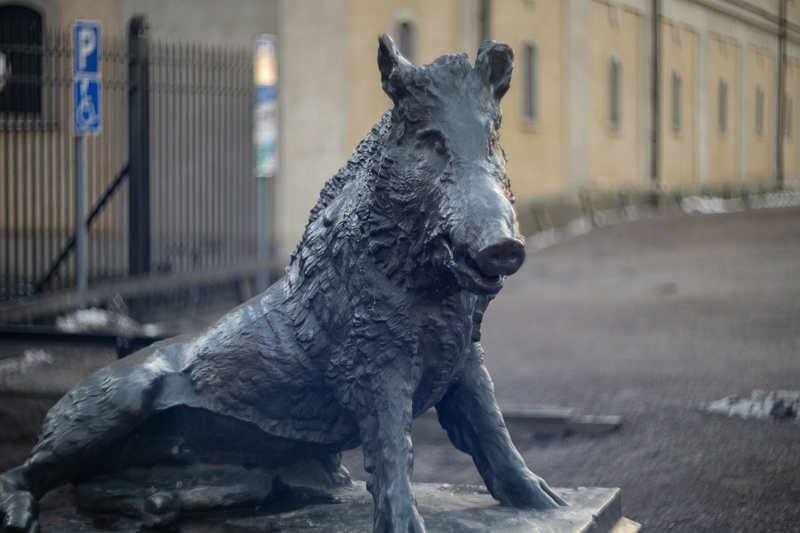

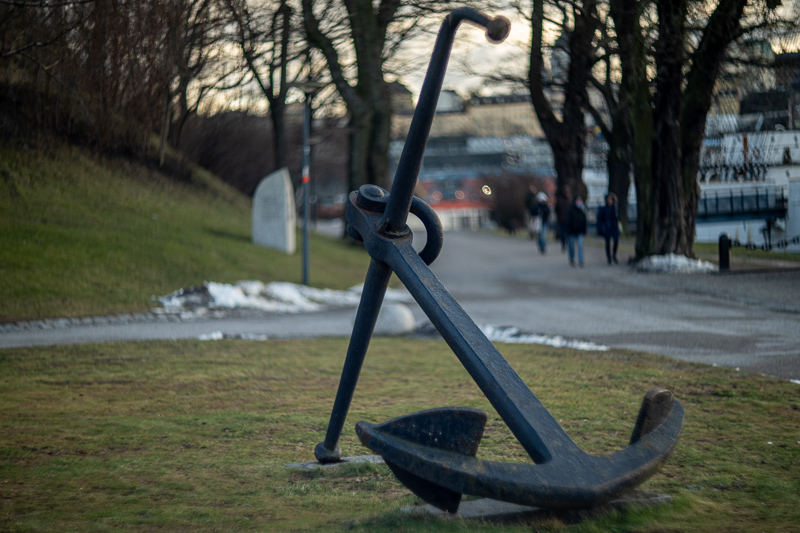
Swirly Bokeh
When it comes to one of its most characteristic and sought types of bokeh, the so-called swirly bokeh, as I read somewhere, this lens does not fail to disappoint. You should have it clear that it does not produce swirls out of thin air. You need to work hard with the composition to get that effect. Some of it is visible in the dog portrait above. As hard as it is, the satisfaction and rewards are greater than expected when you will get it, sometimes more and sometimes less. There are some examples here and some more among the sample images in the beginning and the end of this review.
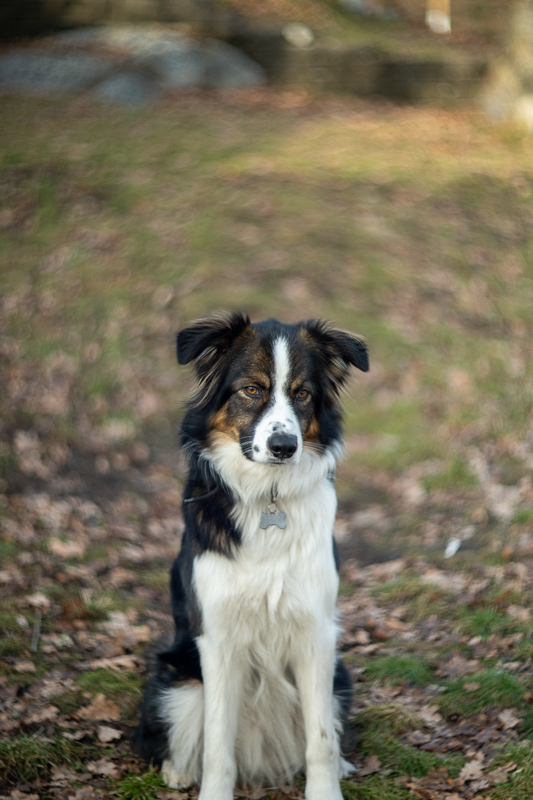
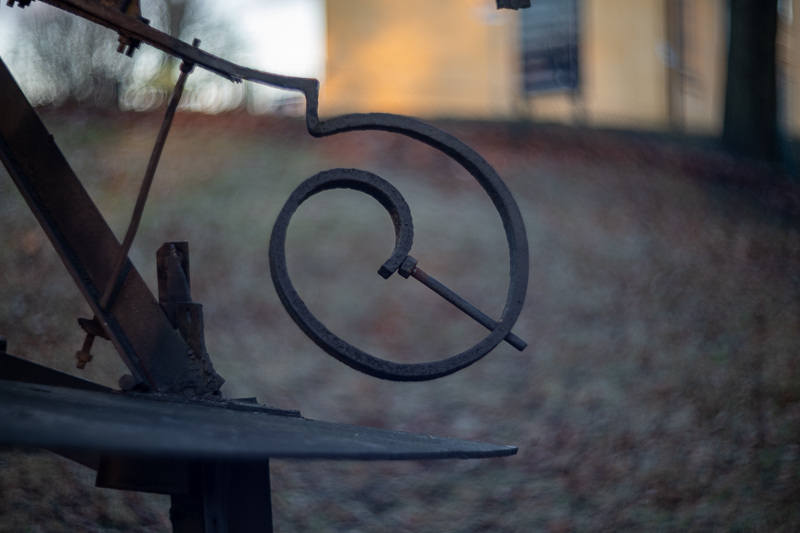
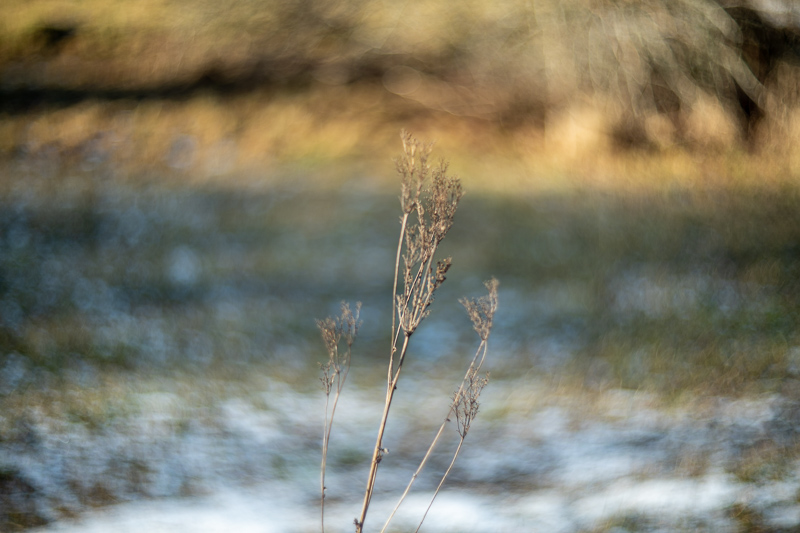
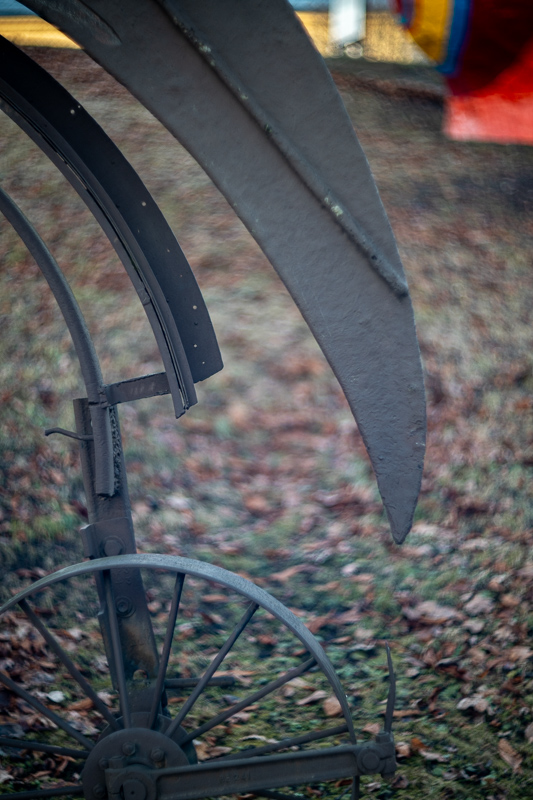


“Vintage” Bokeh
It is very easy to get a somewhat “vintage” look in the bokeh or background blur with this lens. That is a busy and sometimes double-edged details and some mild swirl in the background blur. This is partly due to the astigmatism that we saw the sign of in the corners of the frame in the sharpness section. You can find several examples of it in the sample images, but here are a few:
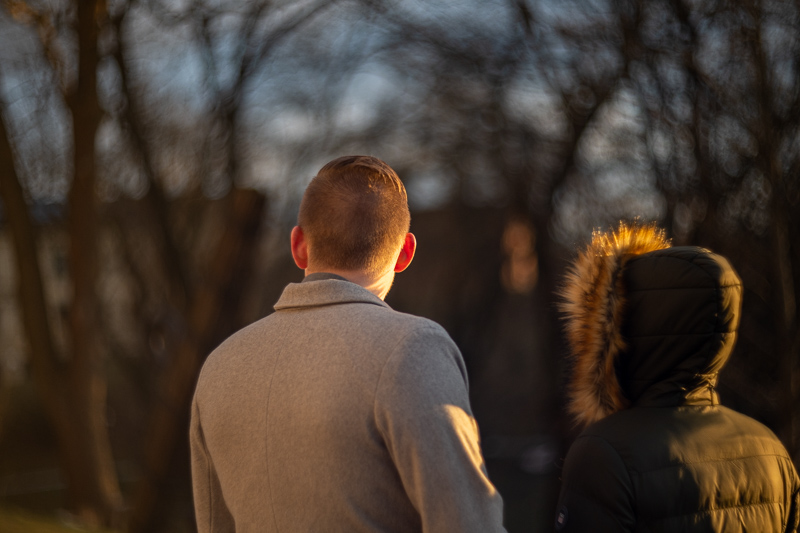
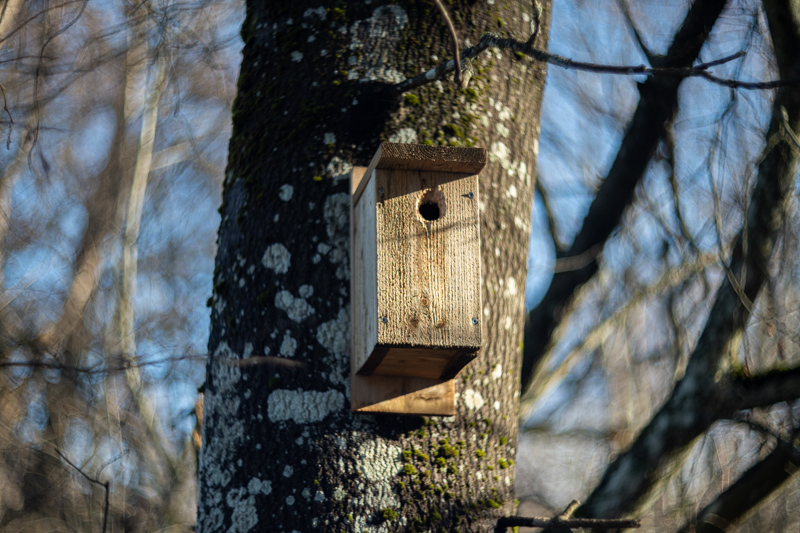
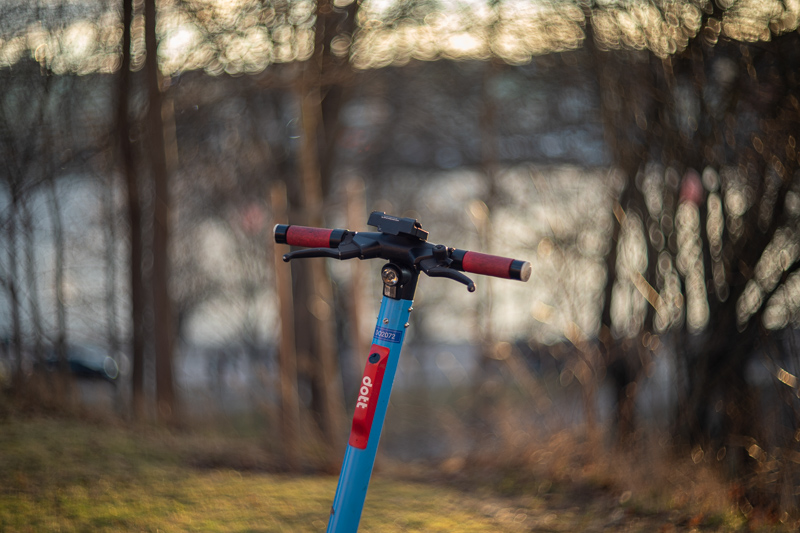
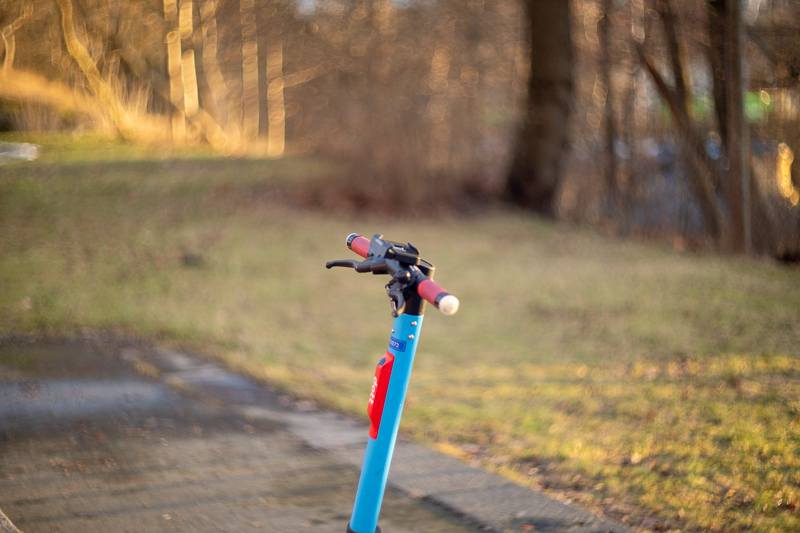


Well, ultimately the bokeh is a subjective matter. I find this lens extraordinary when it comes to creating the different types of bokeh. I like it when it is super soft, I like it when it is swirly. Even when it is a little busy I like it as it has a vintage look that can work in certain situation, depending on how busy it is. It can be very busy and unpleasant but also not too disturbing with good subject popping characteristics.
Have a look at the many images in this section and also at the sample images at the beginning and the end of the article to see if you like it. I’d love to read your opinion about the bokeh of this lens in comments. Good or bad, it does not matter, I’ll be happy to know anyway.
Conclusion
| I LIKE | AVERAGE | I DON’T LIKE |
| Bokeh Center sharpness at portrait and closeup distances Distortion control Vignetting |
Price | Flare resistance Sharpness everywhere except the center Long distance sharpness LoCA Spherical aberration Size/Weight |
As we have seen, the lens is hardly suitable for any landscape or other general photography due to mediocre long-distance sharpness, low contrast and very bad flare resistance. The only photography application this lens can shine in is portrait photography. You can get beautiful and sharp portraits with a variety of bokeh qualities, including the swirly bokeh. You need to be very careful with your composition though. The lens is not sharp at portrait photography apertures in the corner and is a disaster in the midframe, so make sure to use the frame center for your subject or the most important part of your subject. So, if you are into all these bokeh variants, either you buy three different lenses to get them all or buy this one that can produce all of them in one lens.
Of course, it is an excellent lens for headshots in videography too, with a vintage look in the video footage.
If you want to invest in this lens, I recommend getting the newer Helios 40-2 (See under Alternatives). They are less old and therefore have less risk of breaking, also they come with M42 mount, which is an advantage, and have a standard 67 mm filter size. Furthermore, they are more than 100 g lighter. If you want to use it on a Nikon or Canon DSLR, the post-2012 Helios 40-2s are even better, as they can be bought in the Nikon F and Canon EF mounts, and also have double layers of coating on the lens, which should help to improve the flare resistance at the cost of less vintage look of the images/shots.
If you are interested in buying this lens or any of the lenses in the Alternatives section, you can support our efforts by using the links below or given under each lens. It won’t cost you a penny and it won’t affect the price, but it will help us a little.
| Buy used: ebay.com, ebay.de, ebay.co.uk, ebay.fr, ebay.com.au about $250-$460 (Affiliate links) |
Alternatives
Helios 40-2
The most obvious alternative to the original Helios 40. Same optics and characteristics, made in the same factory as the Helios 40, but lighter, with M42 mount, tripod clamp instead of fixed screw socket, a more neutral coating, and not as old as Helios 40. This is a better choice, but is a little more expensive.
Buy used: ebay.com, ebay.de, ebay.co.uk, ebay.fr, ebay.com.au about $360-$750 (Affiliate links)
Zeiss Biotar 75mm 1.5
The lens that has been the model for the design of Helios 40. It was produced by Carl Zeiss Jena in 1936 for a very short time only and therefore in small numbers. This is a very rare lens and has become a legend that sells for a lot of money for being such a very old vintage lens. Note that this lens is even older than the reviewed lens, at least 20 years older than the oldest Helios 40.
$ (Affiliate links)
Buy used: ebay.com, ebay.de, ebay.co.uk, ebay.fr, ebay.com.au from $1200-$3500 (Affiliate links)
MOG Biotar 75 f1.5 II
A revival of the original Biotar 75/1.5 by Meyer Optik Görltz in 2023. So, it is built with modern technology and of modern produced materials. This, according to the manufacturer, has improved the lens’s sharpness and contrast with the same original imaging characteristics, being the high image sharpness in the center, coupled with a strong swirly bokeh.
Buy used: ebay.com, ebay.de, ebay.co.uk, ebay.fr, ebay.com.au about $ (Affiliate links)
Buy new: Meyer Optik Görlitz €1400
Jupiter-9 85mm f/2
Another Russian lens, which is a copy of a Carl Zeiss. A copy the Zeiss Sonnar 85mm 2.0. This is about 2/3 of a stop slower but is much smaller and lighter than the Helios 40 at only 320 g. This is also a special purpose lens for portrait photography with soft, low contrast rendering but it cannot produce any swirly bokeh.
Buy used: ebay.com, ebay.de, ebay.co.uk, ebay.fr, ebay.com.au about $100-$300 (Affiliate links)
New Petzval Art Lens 85mm f/2.2
A85mm f/2.2 lens based on the original Petzval lens (originally 160mm) designed by Joseph Petzval in 1840 as the very first portrait lens for 35mm cameras. The New Petzval was a revival by Lomography in 2013. It has one of the most swirly bokeh effects, for which the lens was famous and therefore, before the term swirly effect was invented, it was known as the Petzval effect. It is available in Canon EF mounts for €650
New Petzval Art Lens 80.5mm f/1.9
As the previous lens but in 80.5mm focal length and available with both Canon EF and Nikon F mounts. Price from €494
More Sample Images
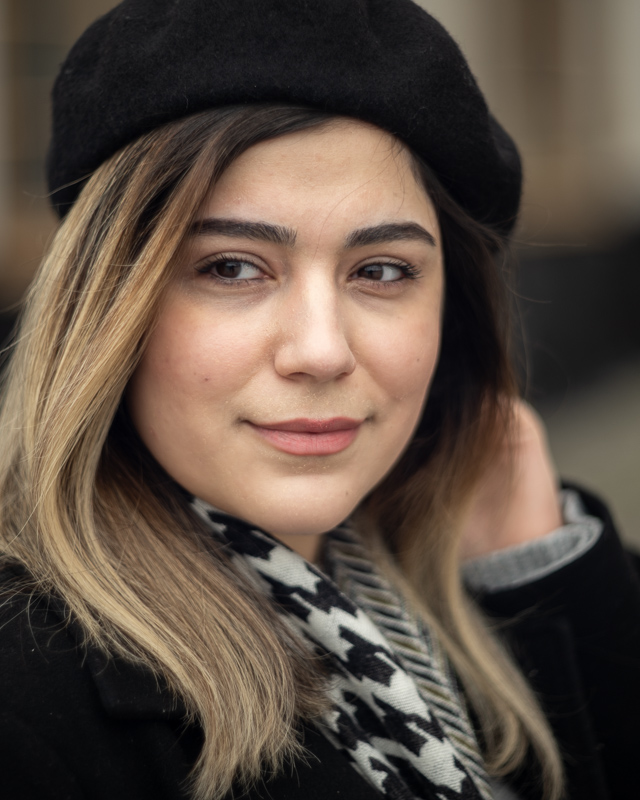
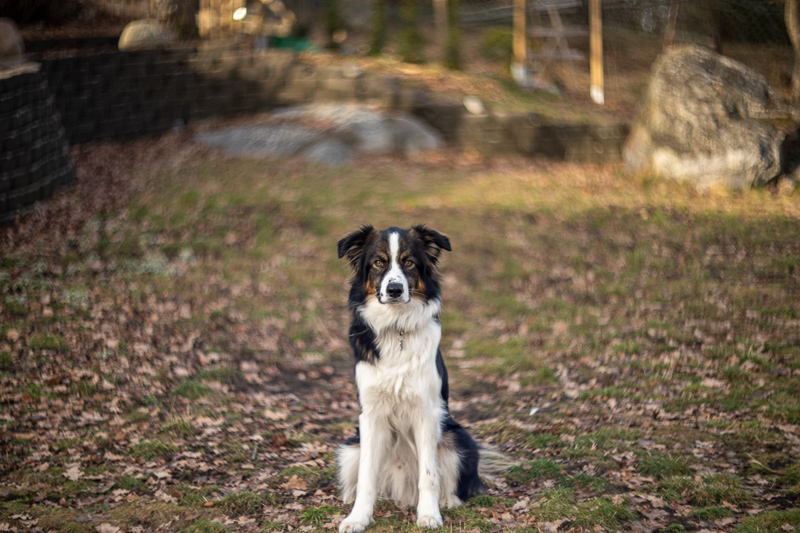
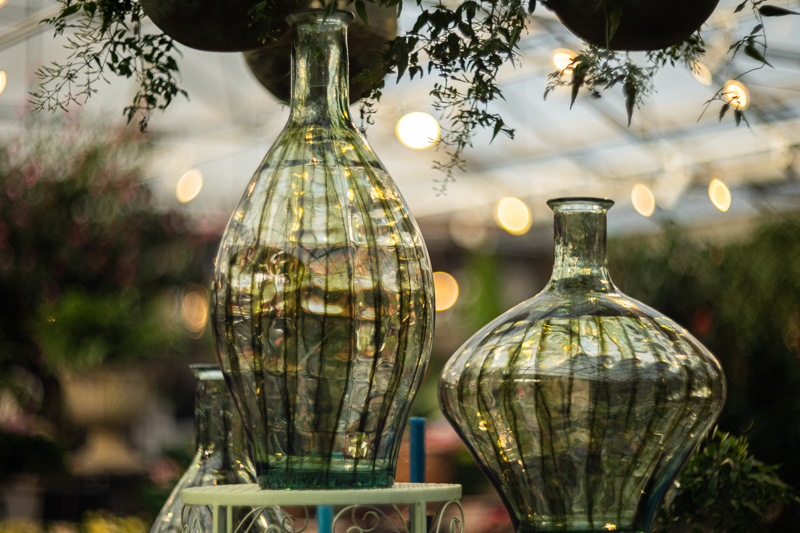
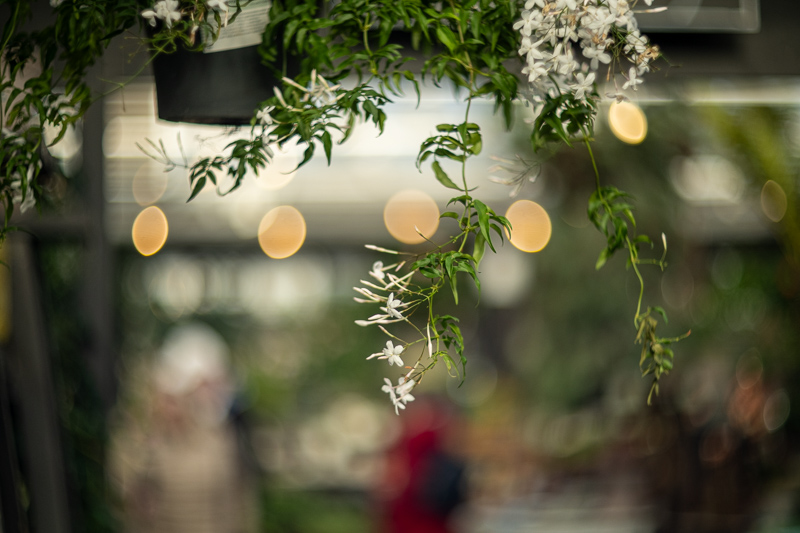

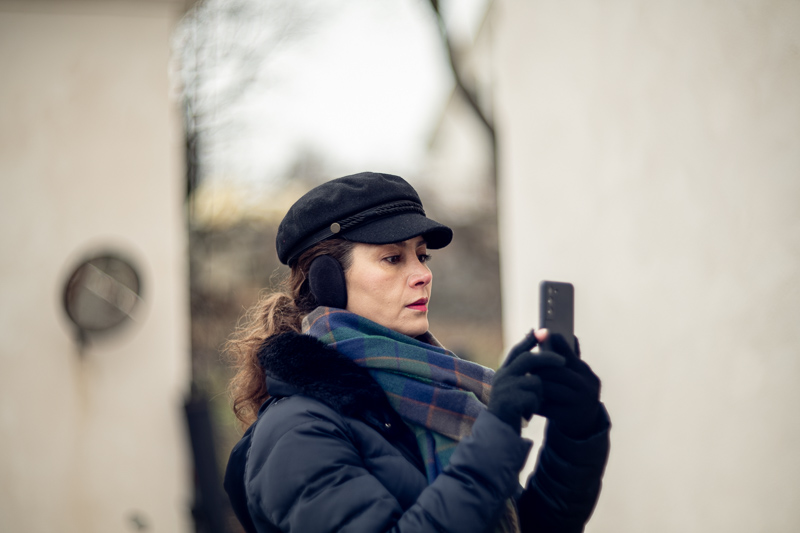
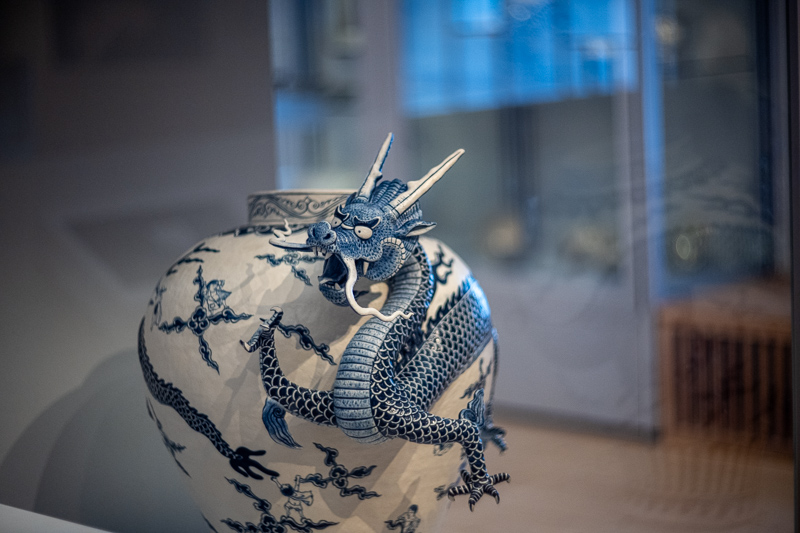
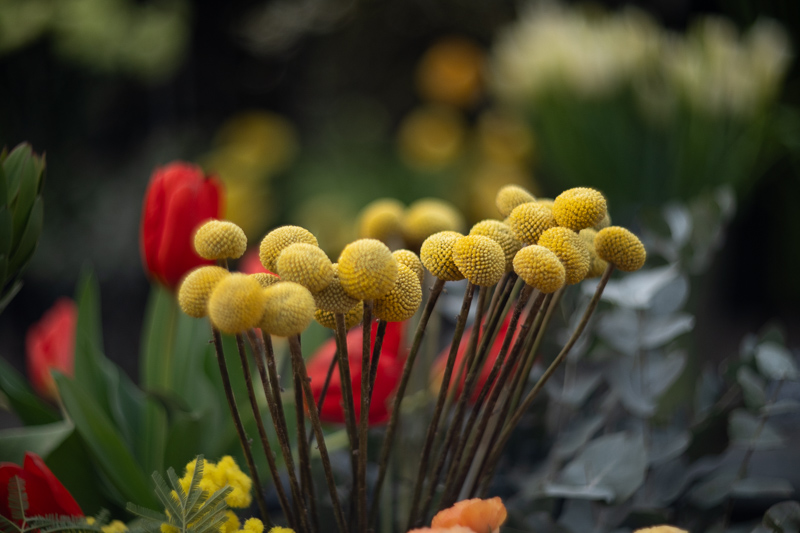

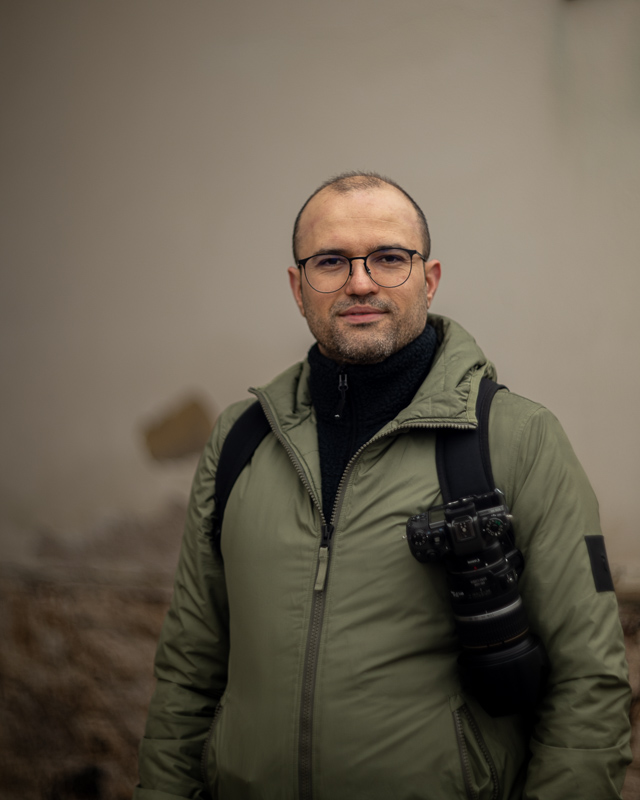

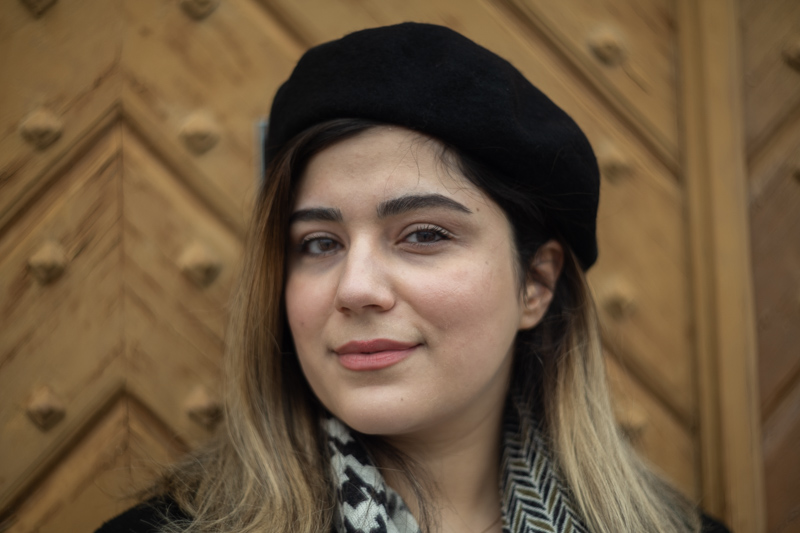
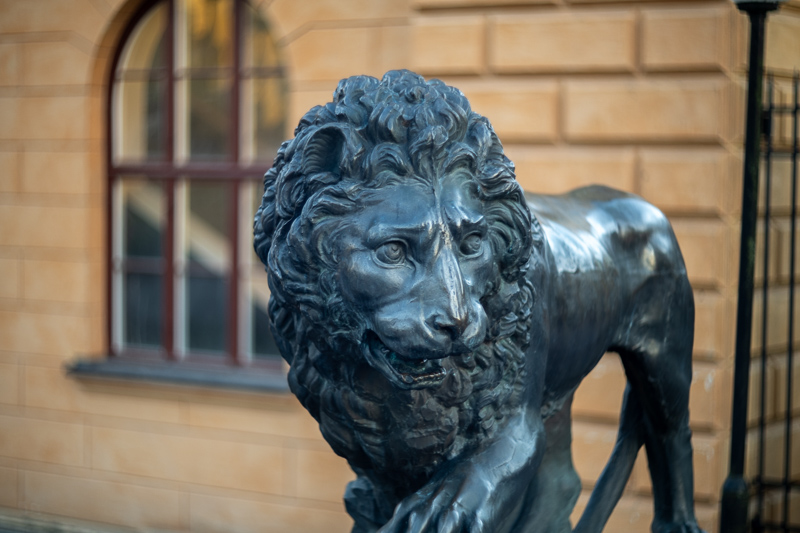

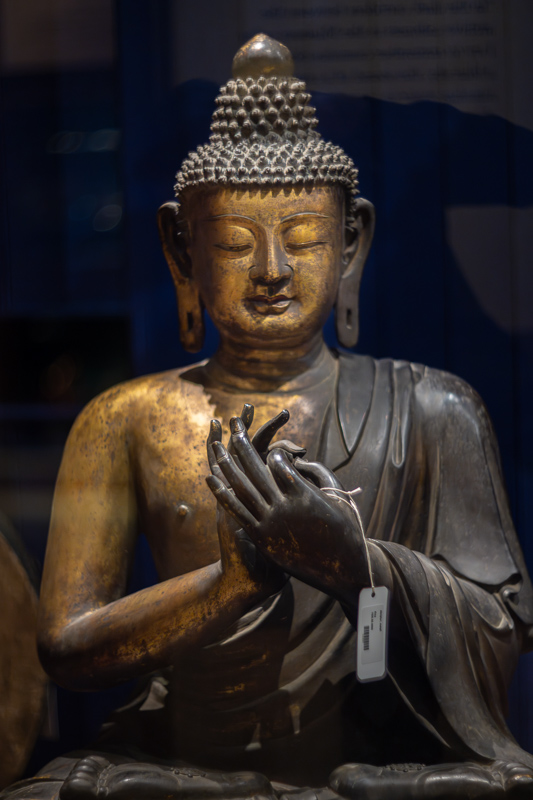
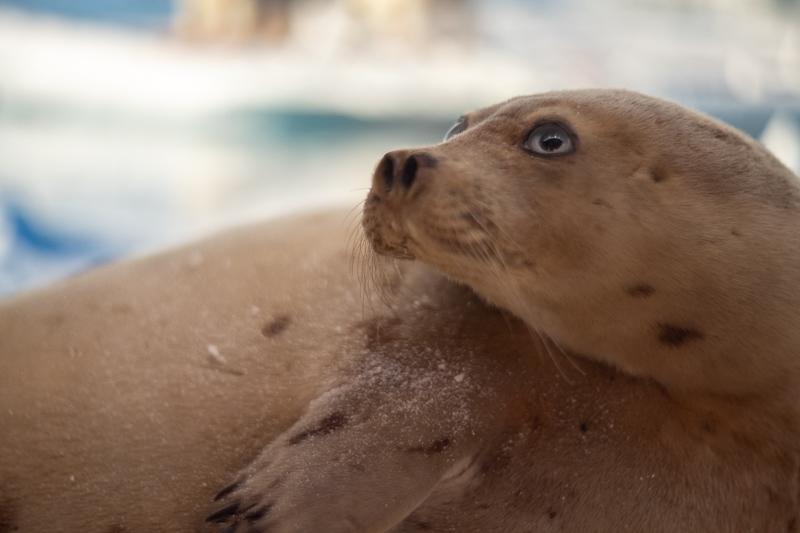
Most of the sample images in this review and many more can be found in higher resolution here.
Further Reading
- REVIEW: JUPITER-9 85MM 2.0
- 85MM COMPARISON- MINOLTA, TOKINA, CANON AND SAMYANG
- REVIEW: CANON FD 85MM 1:1.2 S.S.C. ASPHERICAL
- REVIEW: NIKON NIKKOR-P 85MM 2.0 RF
Support Us
Writing articles like this one is both time consuming and costs us a lot of money. If you found this article helpful and you decide to buy one of these lenses, please consider using one of the affiliate links.
If you are not interested in buying any of the lenses, but you still found this article useful, interesting, or it saved you a lot of money, treat us to a coffee!
![]()

(Donations via Paypal or bank card)
| Buy used: ebay.com, ebay.de, ebay.co.uk, ebay.fr, ebay.com.au about $250-$460 (Affiliate links) |
This site contains affiliate links for which I may receive a small commission if you make a purchase via the links at no additional cost to you. This helps support the creation of future content.
Martin
Latest posts by Martin (see all)
- Analogue Photography: Part 4 – Ilford HP5 Plus at a Historical Engine Factory - December 3, 2025
- REVIEW: 7Artisans AF 10mm f/2.8 (APS-C) - November 30, 2025
- REVIEW: 7Artisans AF 35mm f/1.8 - October 15, 2025




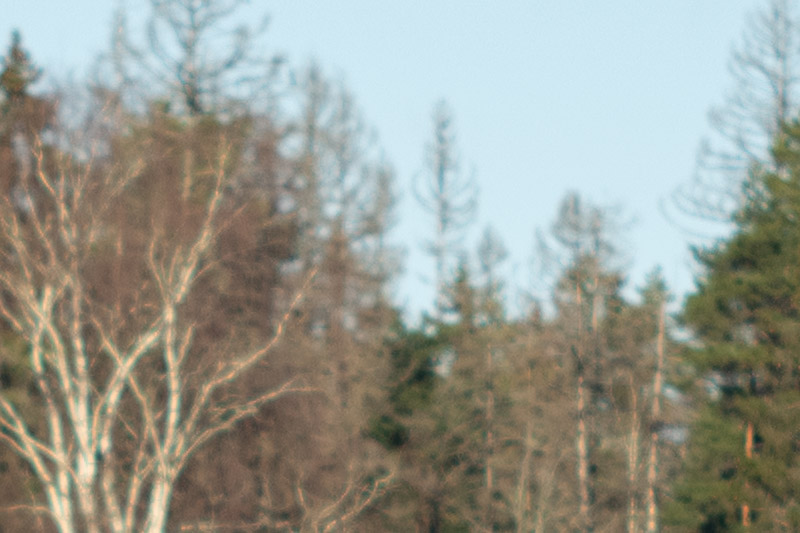










Martin, Carl Zeiss Jena Biotar 1.5/75 was still produced in East Germany until at least the late 1950s, probably early 1960s. The earlier pre-war version is known as “thin” and the later version as “fat”. There aren’t so few of them, it’s just that demand has been so high (a bit less so today than 4-5 years ago). It still is an expensive lens, but many are happy to pay the price.
Interesting, good to know. Do you know if there is a way to recognize the post-war produced samples?
Thanks for review. Greate photos like allways!
Interesing and very artistic Lens, but have many disadvantages like a weight, price, sharpness . Bokeh is realy intensive but not nerrvously, not so agresive. On this focal lenght I use Takumar 85 1,8 and I feel also fun during shooting
Regard,
Stefan,
Thanks, Cool, Takumar lenses are very good for the the era. There are so many 85mm lenses that it is impossible to gather and shoot with all.
I hope I can shoot a few more anyway.
Great review!
Keep going. I love my Helios 40-2 and will never sell it!
Thanks Marko.
It would have been interesting to see this lens tested heads-up against the 85/1.5 Canon and Leica Summarex L39-mount lenses to see what the state of the art was back then… but I suppose finding one exotic “background obliterator” was hard enough, let alone three!
Very interesting indeed, especially considering the prices ($2500-$10000).
Look forward to seeing another reader send me one of those for some tests, maybe you?
I’ve got the Canon, but now that you’ve told me it’s worth $5000-$10000 I’d be nervous about sending it anywhere! (Mine is in terrible cosmetic condition, although the glass is good, so I doubt that it would get such lofty prices… but if something happened to it, I’d never be able to get another one!)
The Canon can be found from $2000 depending on the shape/condition but yes, they are rare and expensive as they are collectibles.
Hi, thank you very much for this review! This Helios is definitely a huge one, especially when mounted on modern mirrorless camera. Is it a good idea to just grind away some paint from the M42 adapter face to ensure infinity focusing without dealing with the lens itself?
Just wondering, do you have any plans on reviewing the Nikkor-H 85/1.8? It looks like a very solid vintage lens to me, at good price. Especially considering the fact that it can be made an autofocus lens with the Techart adapter.
Thanks.
Theoretically possible to grind the M42 adapter but I have not seen that approach.
The more common way is to sand the adjustment (spacer) ring that is between the optical block and the helicoid part. You can just unscrew the optical block with your bare hands and separate it from the helicoid, then you will see the adjustment ring. You sand it just a little with a grindstone (used to sharpen kitchen knives) and the problem is solved.
No plans to test the Nikkor H 85 right now, unless somebody lends it to me.
I don’t own one so can’t help out regarding lending a copy, but what is interesting about the Nikkor H 85 (and its AI variant) is that it’s also based on the Zeiss Biotar – almost an exact copy of the optical formula.
Yes, the optical formulas are extremely similar between the two, one is a 75mm, but the other an 85mm though.
Let’s see, I may test it in the future, but right now, no plan.
Don’t want to be a nerd but this lens has nothing in common with russia, it’s a USSR lens and was made in the USSR only.
Technically those lenses were produced by several manufacturers including the Ukrainian Arsenal.
Anyway great review, as always!
Thanks.
No problem, but I have never said it was made in Russia, except for the revived versions of 2012 and later. Also, as far as I know the Ukrainian Arsenal has never produced this lens, if you have any proof to show the opposite I’ll be more than happy to see it and change the review appropriately.
Keep politics out of this, please. It was produced in Russia, which was a Soviet republic at the time. They kept making it (40-2 of course) in Russia (pardon me, “Russian Federation” or whatever is the full name) after the collapse of USSR. Martin wrote nothing wrong. So if you want to correct someone (especially like that), first gather your facts. First of all, I’m sure Martin didn’t mean to insult any Soviet, second of all you kinda mixed Helios 40 with Helios 44. Better luck next time.
Thanks Dex,
I didn’t even realize that I was political or even less that I was close to insulting anybody, if so, my sincere apologies.
For alternative, there is a Cyclops 85mm 1,5f lens https://allphotolenses.com/lenses/item/c_721.html
Its very similar to Helios 40, but it has no aperture as it was used in a russian night vision device.
It is already being mentioned in the review.
I like to use that one on a tilt adapter for extreme impresionist pictures, but with a tilt adapter the field curvature can become your friend
I had not thought about it that way, it sounds interesting though. If you do it, I’ll appreciate if you can share the result.
Another alternative for lenses with “swirls” bokeh is the Lomography Petzval 85 f2.2 lens. With even older design and constructions, the aperture has to be inserted manually, but this way even the shape of bokeh can be completely customized. From reviews online it seems like it produces a lot more swirls than this Helios 40 but also incredibly soft and suffer from flares as well. It is however affordable at $600 USD and comes in EF mount directly.
You are completely right Yao, I forgot to mention that lens, which is one of the earliest lenses designed for portraits on 35mm cameras with strong swirly bokeh.
Impressive review, Martin! Thanks for testing my lens!
Thanks Alexander, and thank you for giving me the opportunity to test this lens.
Thank you for this review which does justice to this beautiful “special” lens. I have the 40-2 version in M42, which is undoubtedly more practical (infinity focus). It’s a demanding, creative lens, with very variable results as you demonstrate. There’s a fair amount of frustration and waste, but sometimes you’re rewarded with a magical photo. I think that’s enough to justify keeping the Helios in your collection, if you’re lucky enough to have one.
Another cheap alternative with great swirl are some russian projection lenses, like Lomo P5 2/90 or the KO-120M. There are others, but I’d have to do some research in my archive which ones.
If you photograph up close or accept a strong vignette on full frame then … Dallmeyer Max-Lite 76mm (right now not too pricey in the Bay) or KP-15 1.2/50 each are good choices for plenty of swirl (both are surprisingly sharp in the center).
Maybe, but I do not consider projection lenses as alternatives to camera lenses.
They are more in the experimental categories.
Maybe, but I do not consider projection lenses as alternatives to camera lenses.
They are more in the experimental categories.
Hi Martin,
great review, my favourite former-USSR lens.
Concerning infinity issue with mirrorless cameras:
PLEASE do not start surgial procedures on the lens such as sanding down aluminium spacer rings. You also don’t need to grind your m42 adapter.
The problem can be solved easily:
As you wrote, flange focal distance for Zenit SLR m39 cameras is shorter (45.2mm) whereas standard m42 is 45.46mm. So a “step-up” ring m39-to-m42 and e.g. m42-NEX adapter won’t work for infinity focus. What you need instead is a 4-ring macro extension tube set for Zenit SLR, which can be found cheaply at auction sites, and a LTM m39-NEX adapter. The macro tube set includes a 16.4mm distance tube which is exactly the difference between LTM-m39 (28.8 mm flange focal distance) and Zenit m39 (45.2mm). With this combination focus to infinity is no problem for all vintage Zenit SLR lenses (e.g. old “silver” Helios 44 versions).
Hi Thomas,
Interesting, I am curious. Could you put a link to this 4-ring for zenit extension tube here?
So, in my case it would work with that ring + Leica m39-Nikon Z adapter?
Hi Martin,
Current offer at Ebay:
Vintage sowjetischer Makro-Verlängerungsrohrring Zenit M39 39 mm 4 Stck. Objektivadapter UdSSR
https://www.ebay.de/itm/404025792415?itmmeta=01HSC8GNEV4SV9BGQRSB1KX2ZV&hash=item5e11d0579f:g:yawAAOSwYLdjh-dF&itmprp=enc%3AAQAJAAAA4M9pk7%2BsqCKKAX1adyAgpR55BGI2Ey0faQ7qh86A%2FPOS4VAT%2Fzz7yjzxzMg4vlpC2%2F2oib%2FZ6Z4m1DZlTUW8NElMv7iEI7DHUP4ZW0MCWVqEtPaqDYEAWK05z69C3lLZ6eoxleMjIhBO%2B4aHkzv3pM7LCyt9gfLTUfBktYfE8aIC6jtQlqvKRRw10Kun77ZL1N4Uv4C727nme4n1TxjoG5lf606kNgLLegrzv7JHZinZOx4TVtwkuyVvaQwXJ3n7EqorgPrdJdD9L7vjZKgca1Xf6C4aOeWr2cx%2BKwOAJ3SB%7Ctkp%3ABk9SR8zXwojLYw
The second longest of the four rings will work with your Nikon Z Leica m39 adapter.
I have 40-2 and i find it extraordinary lens, by far the most fun and interesting. Sometimes bokeh is too busy but sometimes, in right conditions it’s pure magic, pure art, brush, painterly look or incredible swirl that gives so much that no clinically sharp new lens can produce and I take it as advantage. All G masters can go and do boring work, this bad boy is truly hard to master but when you make it right, you really achieve amazing results
Bonjour Martin,
Thanks for this good review as usual (there is mistakes in vignetting graph for info).
Have you plan to review the new version (After 2012) still produce in Russia to compare?
There is new interest for Soviet lenses with rehoused version for cinema.